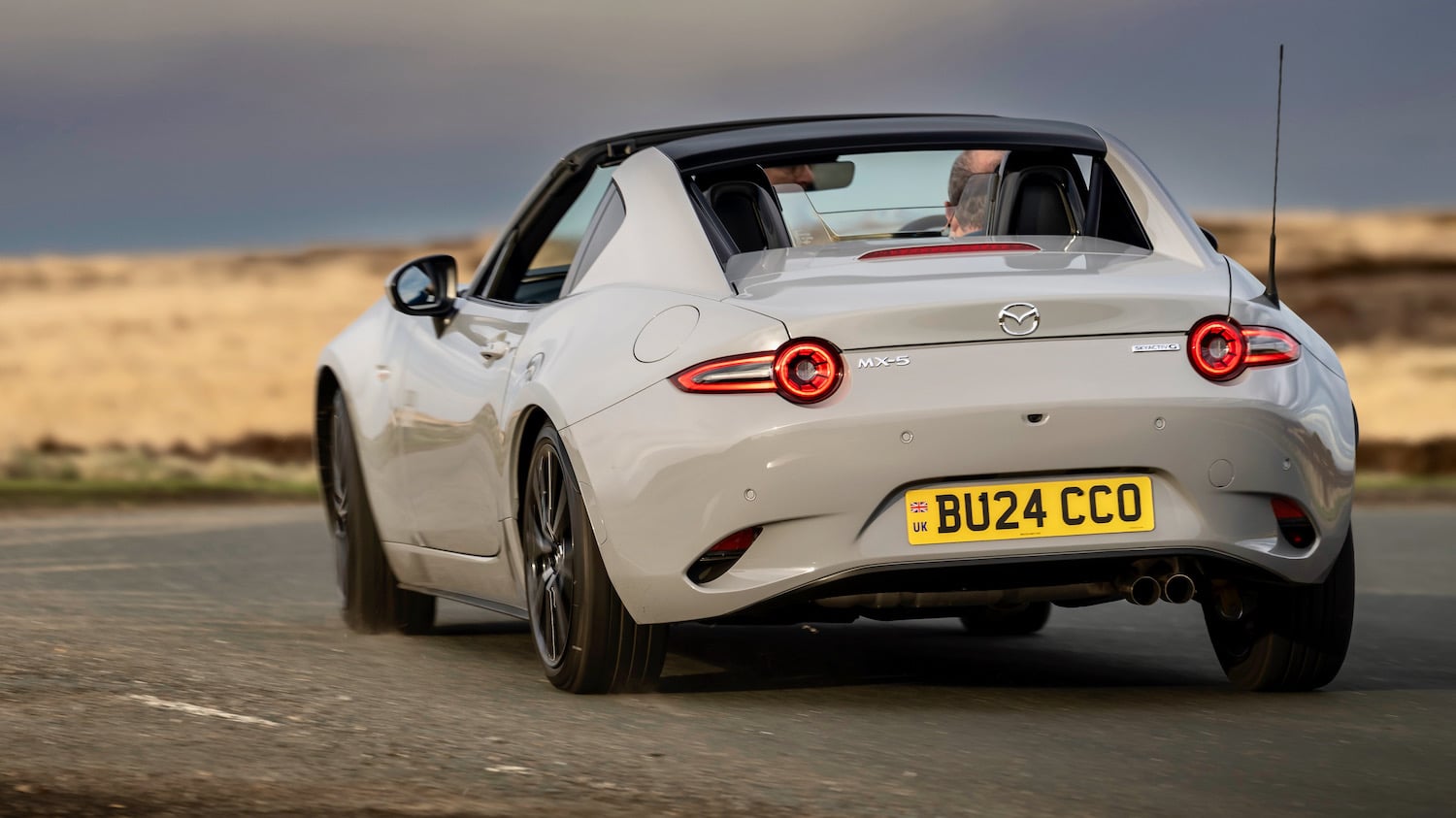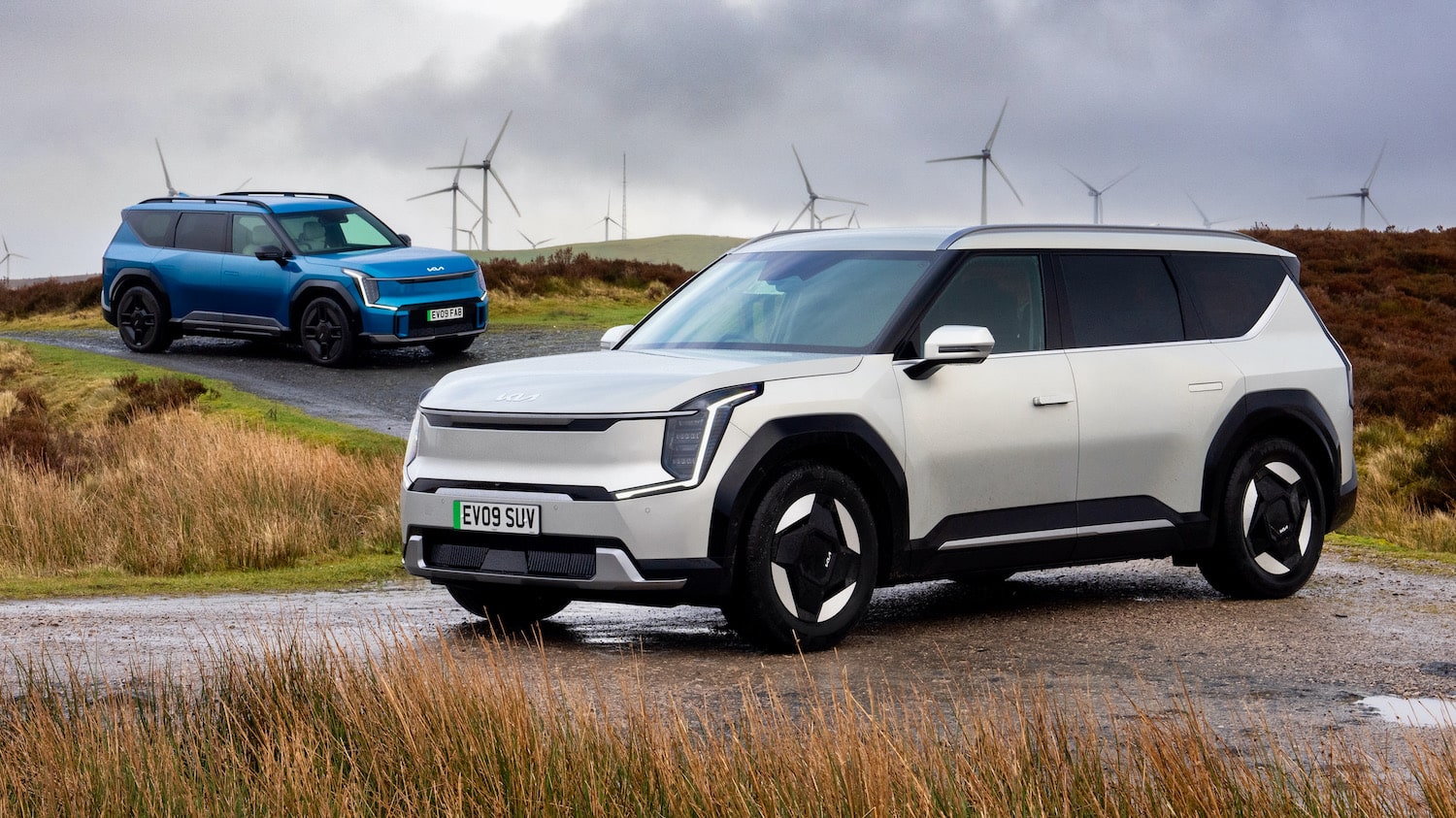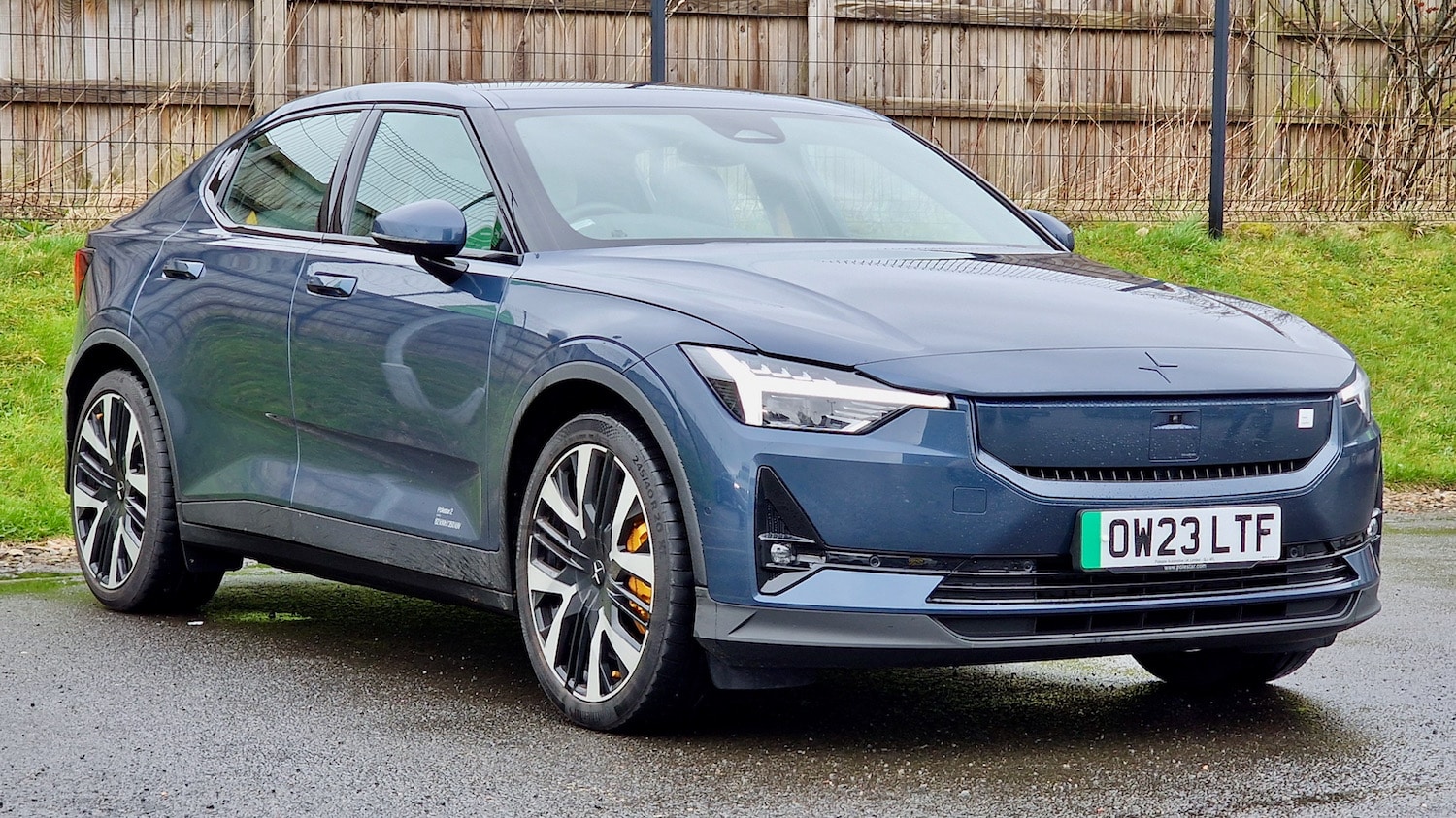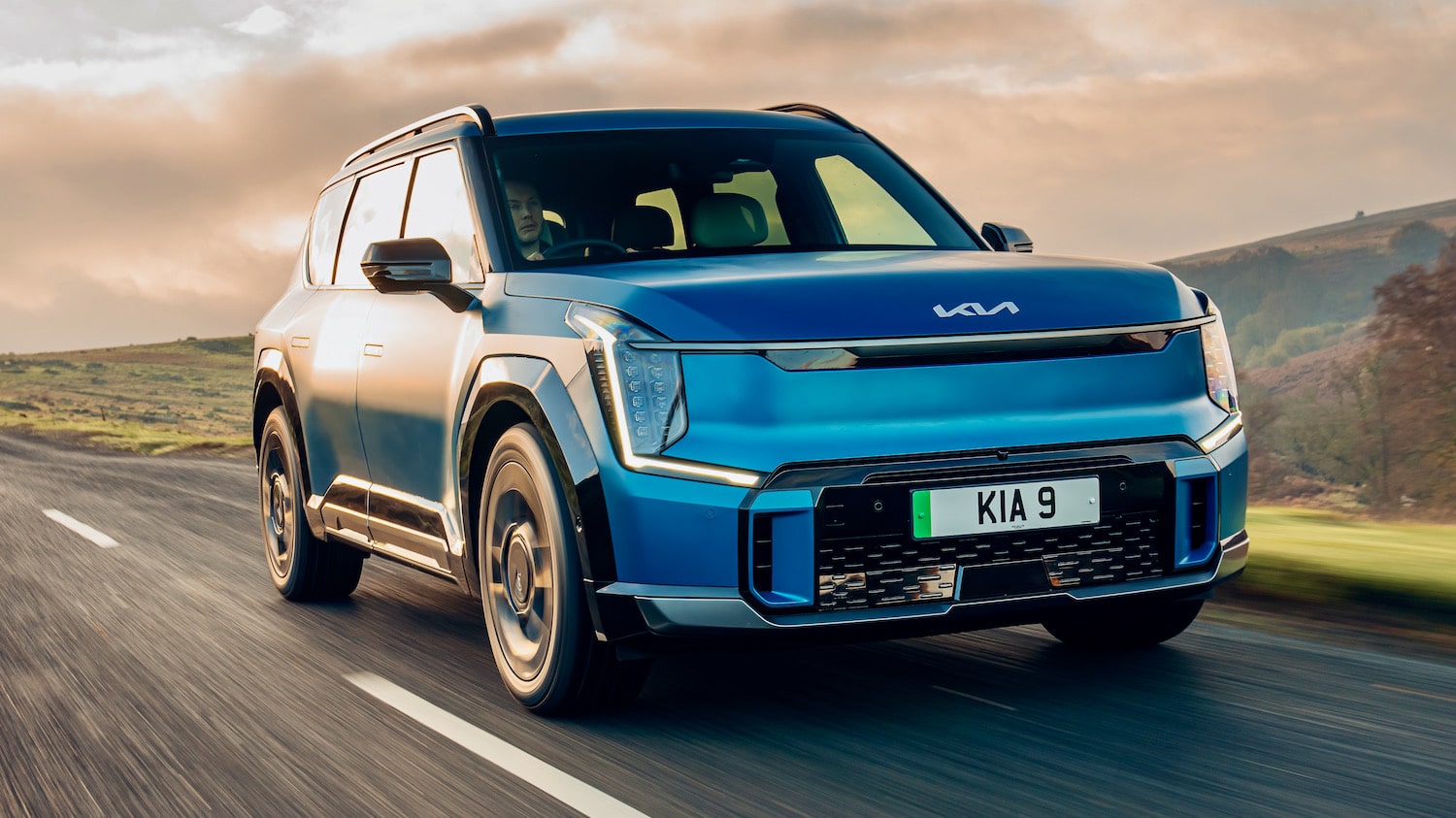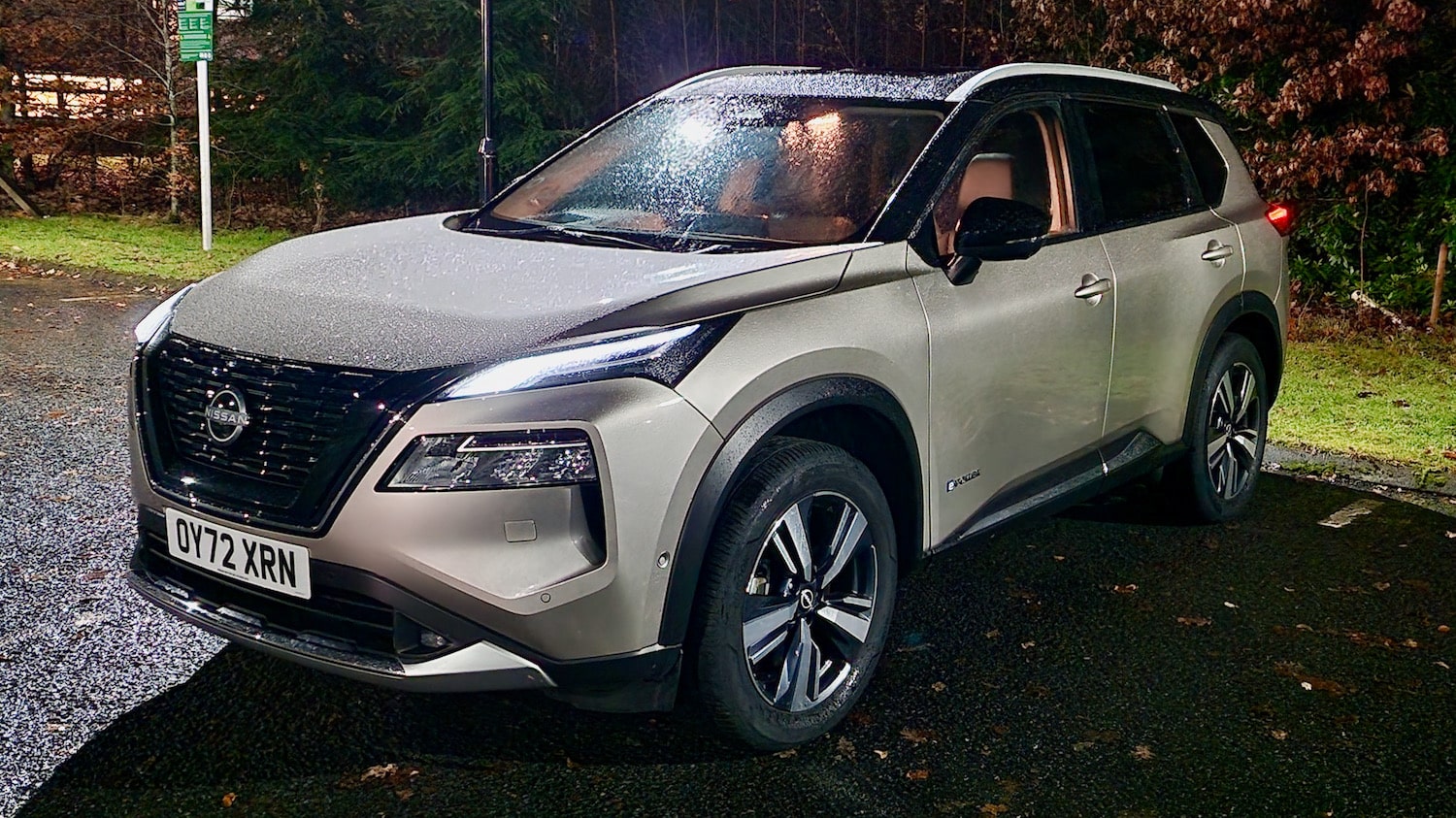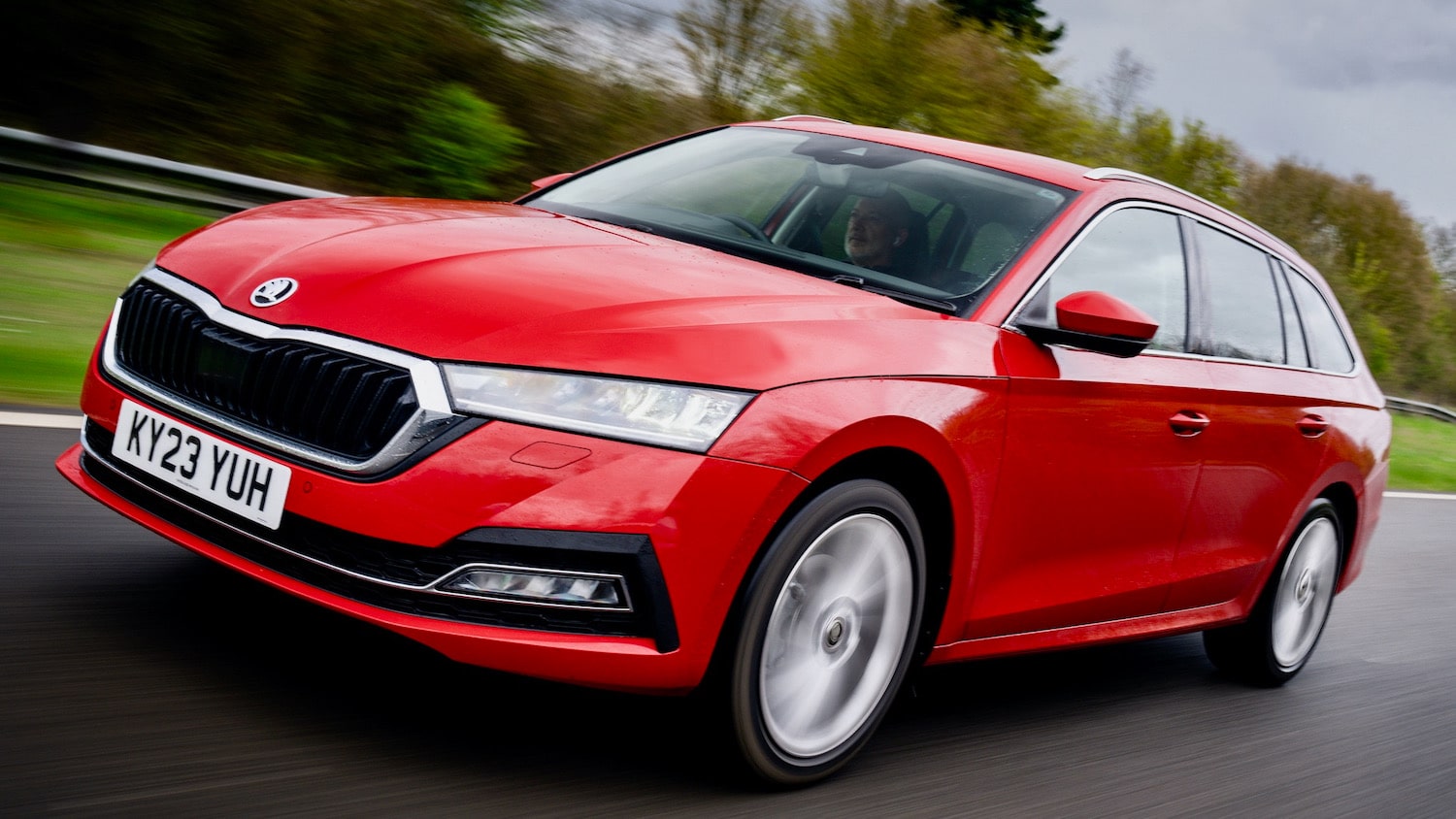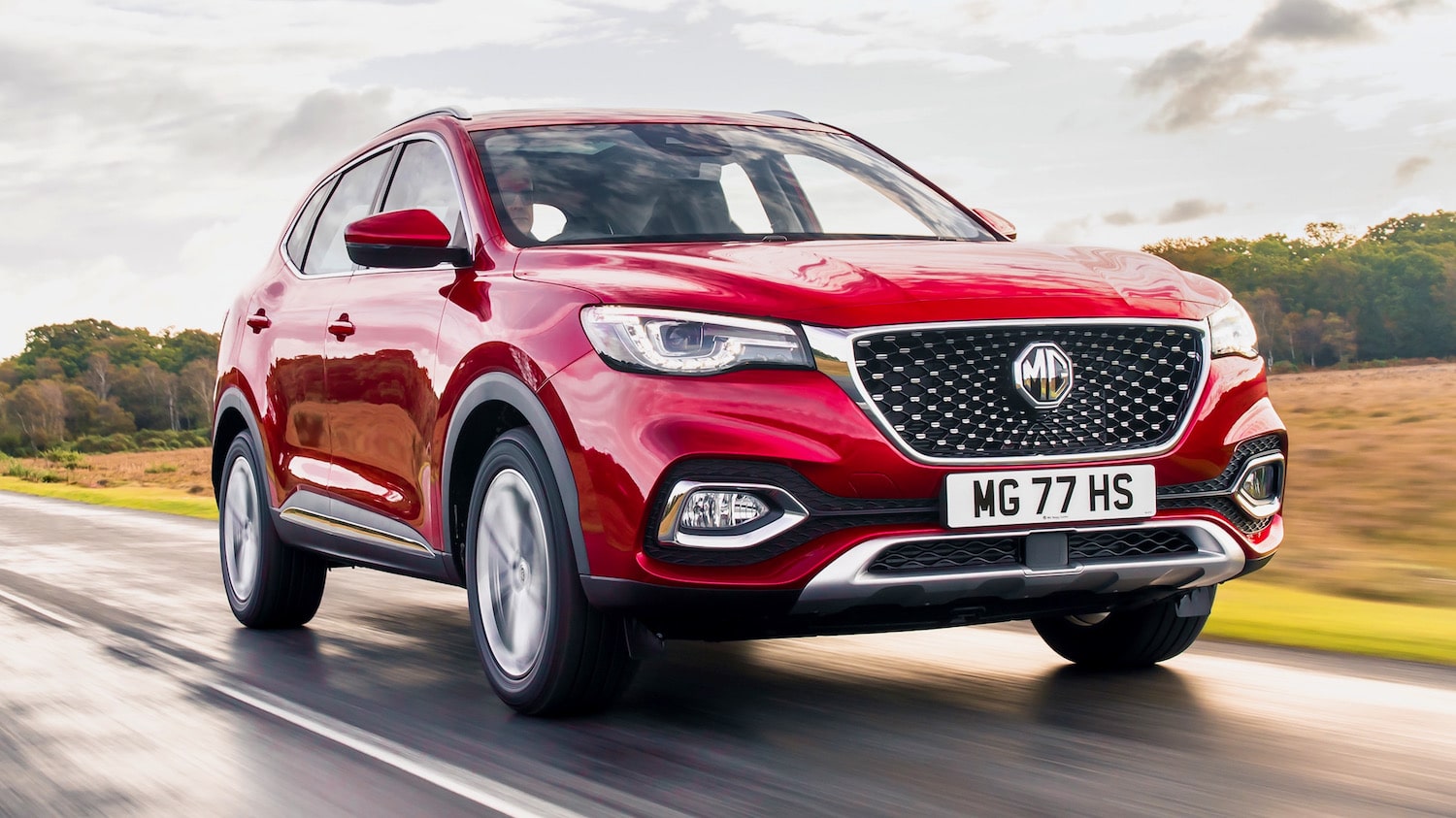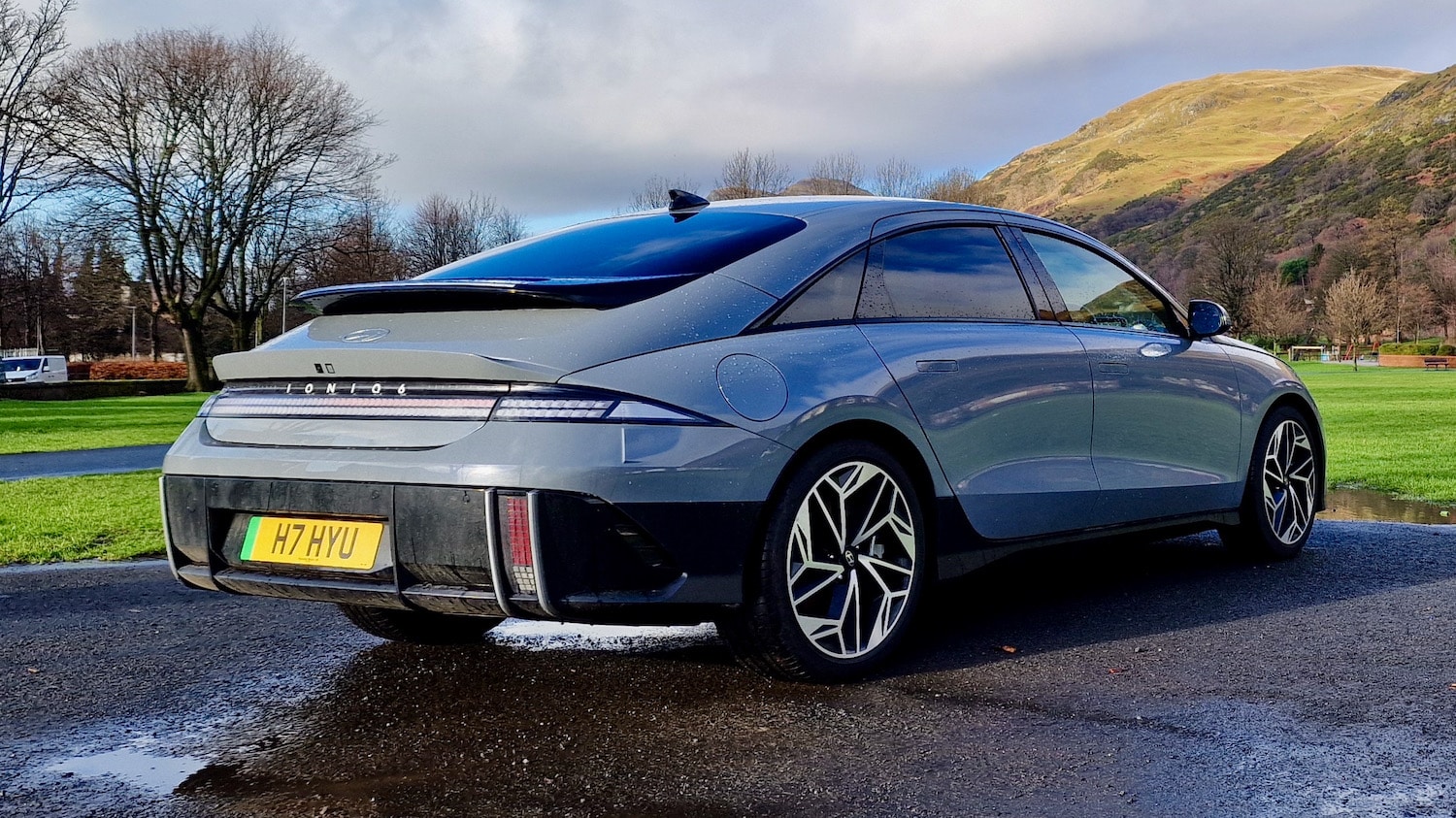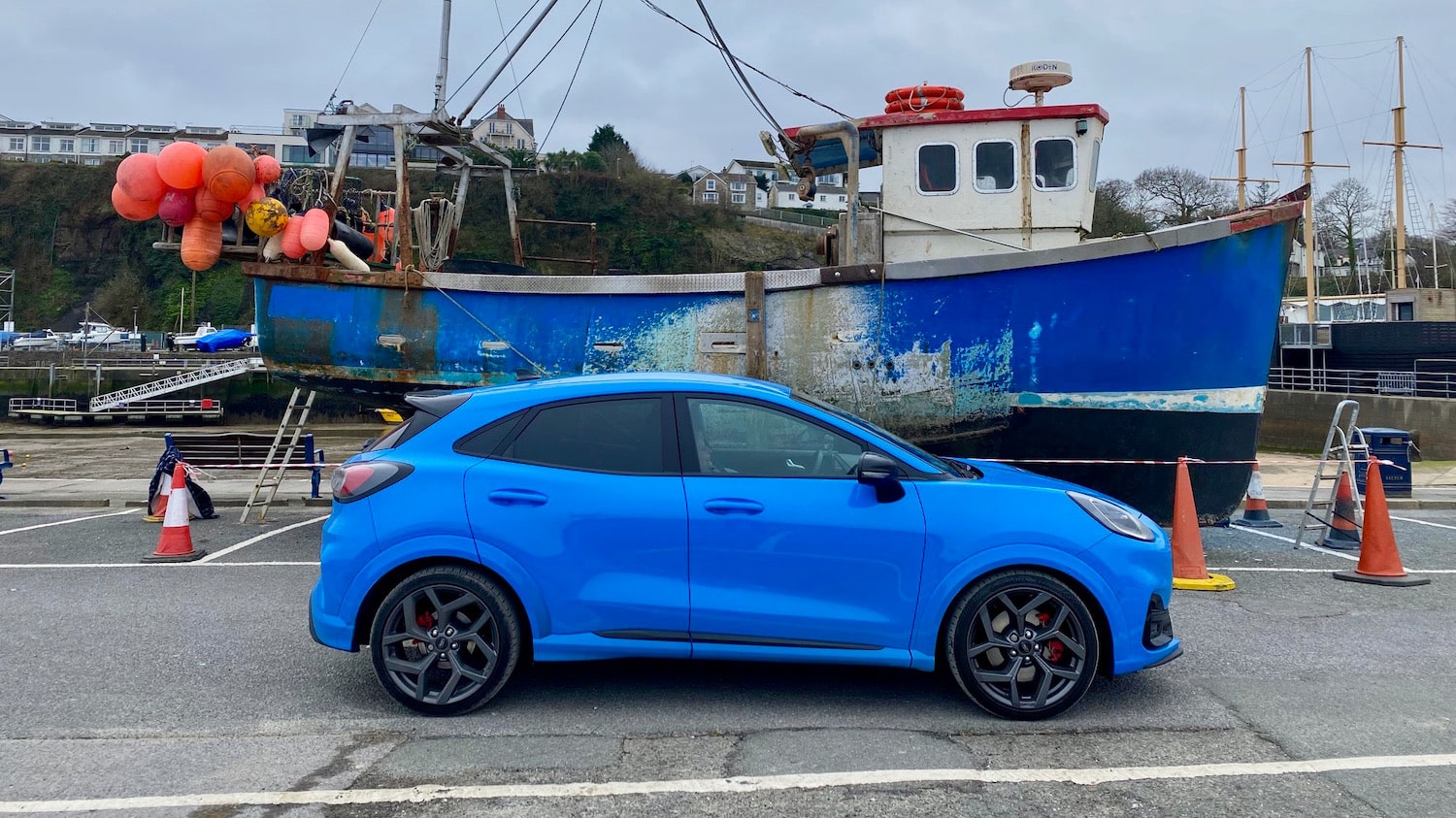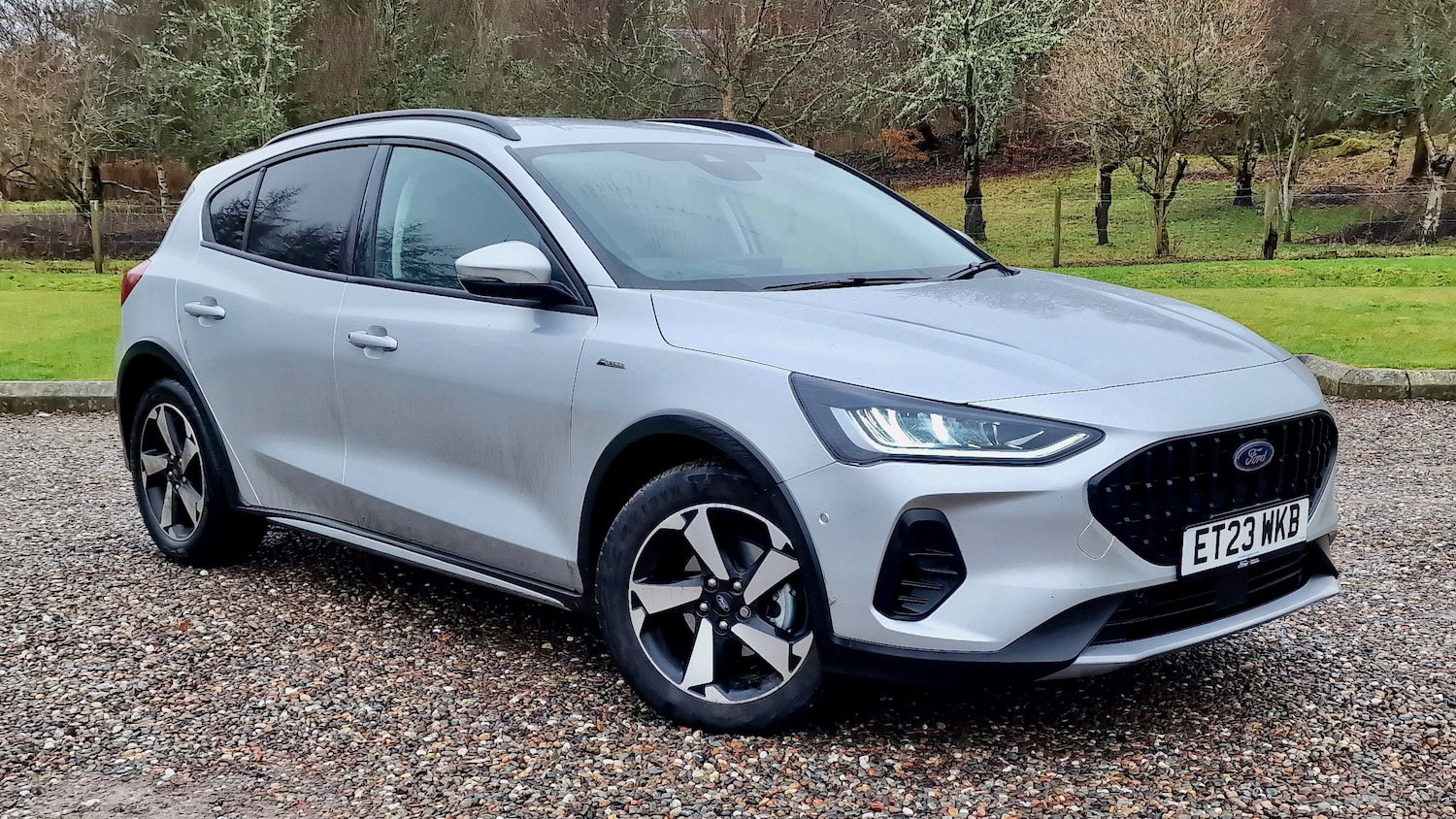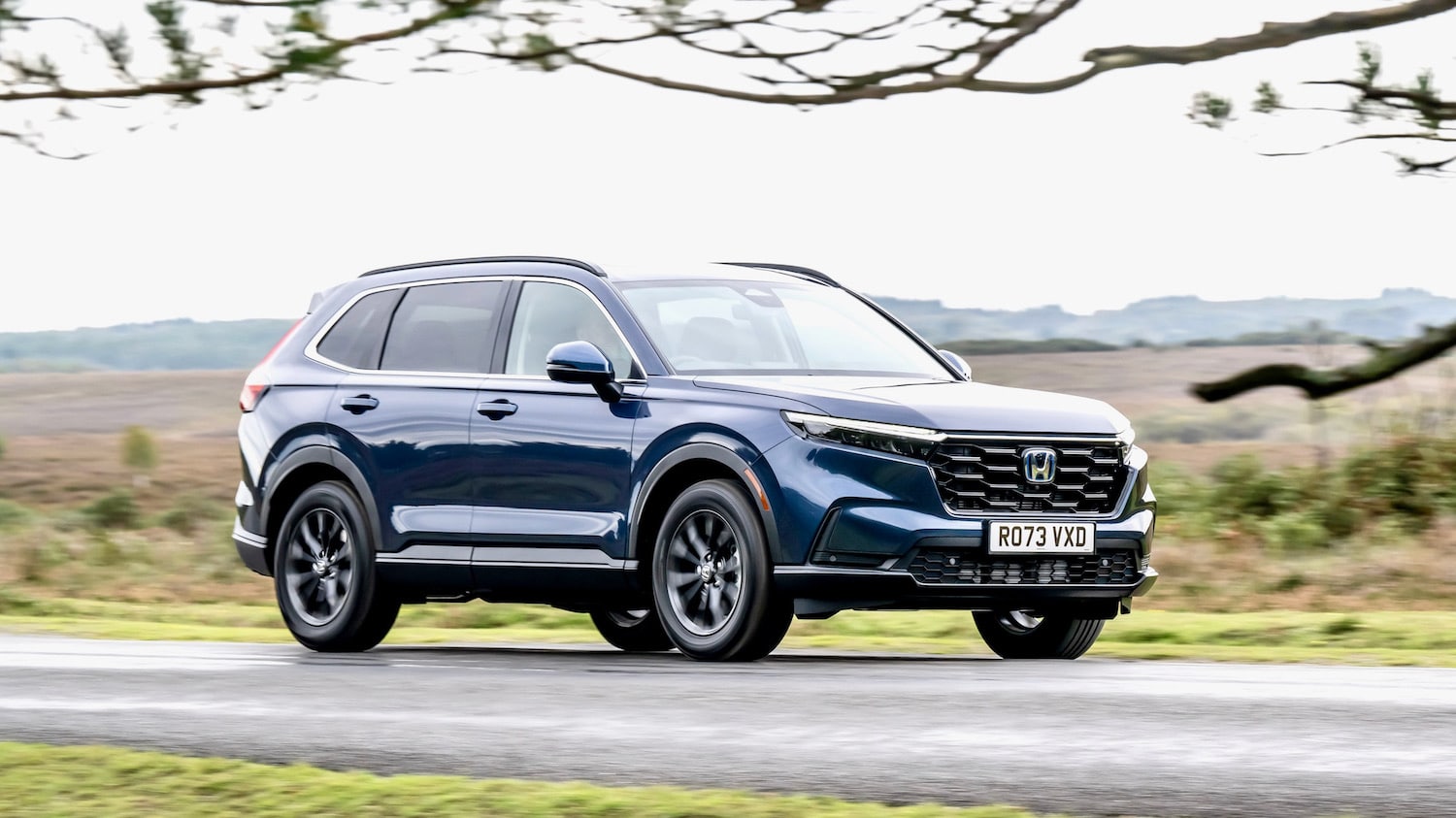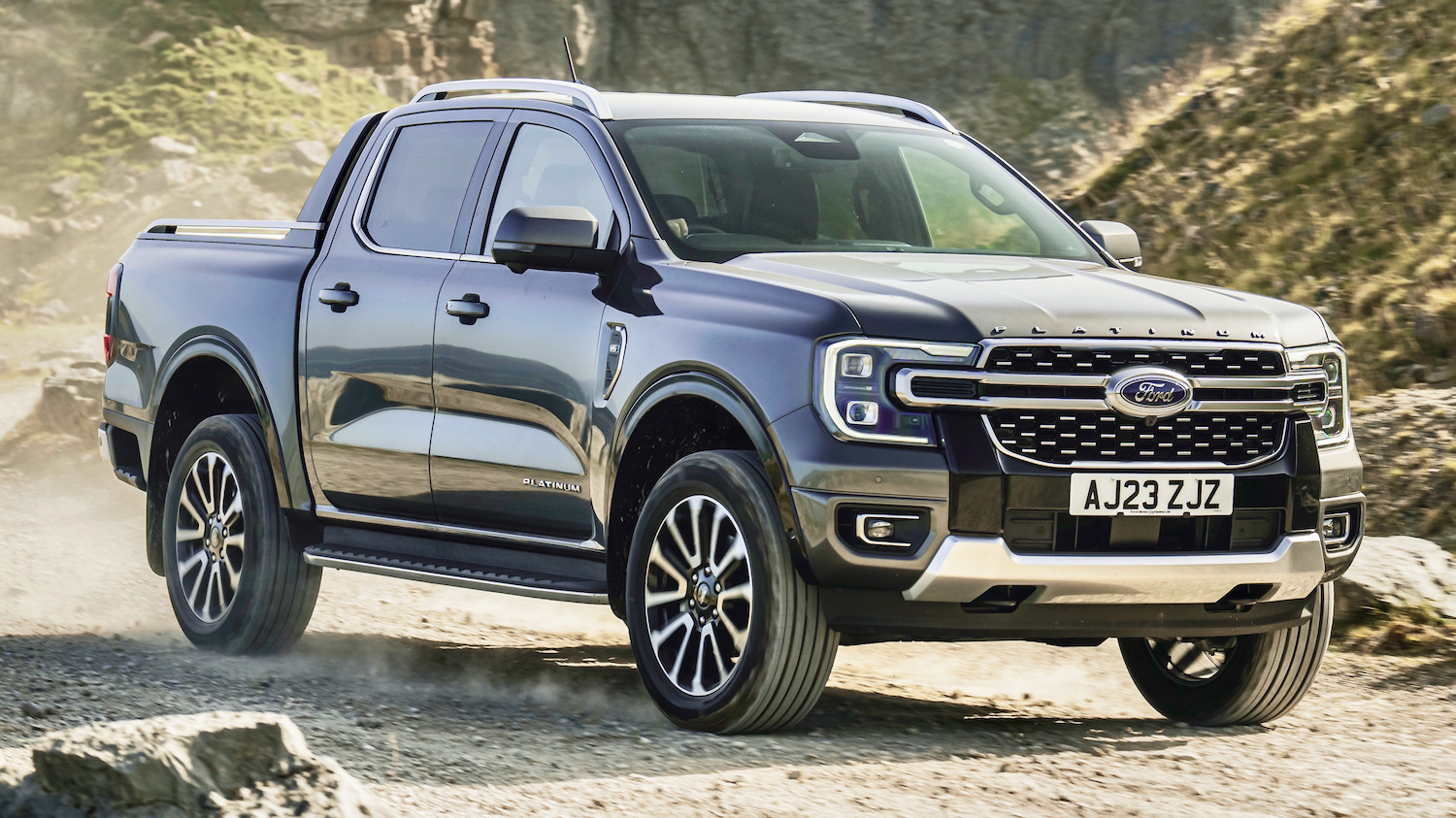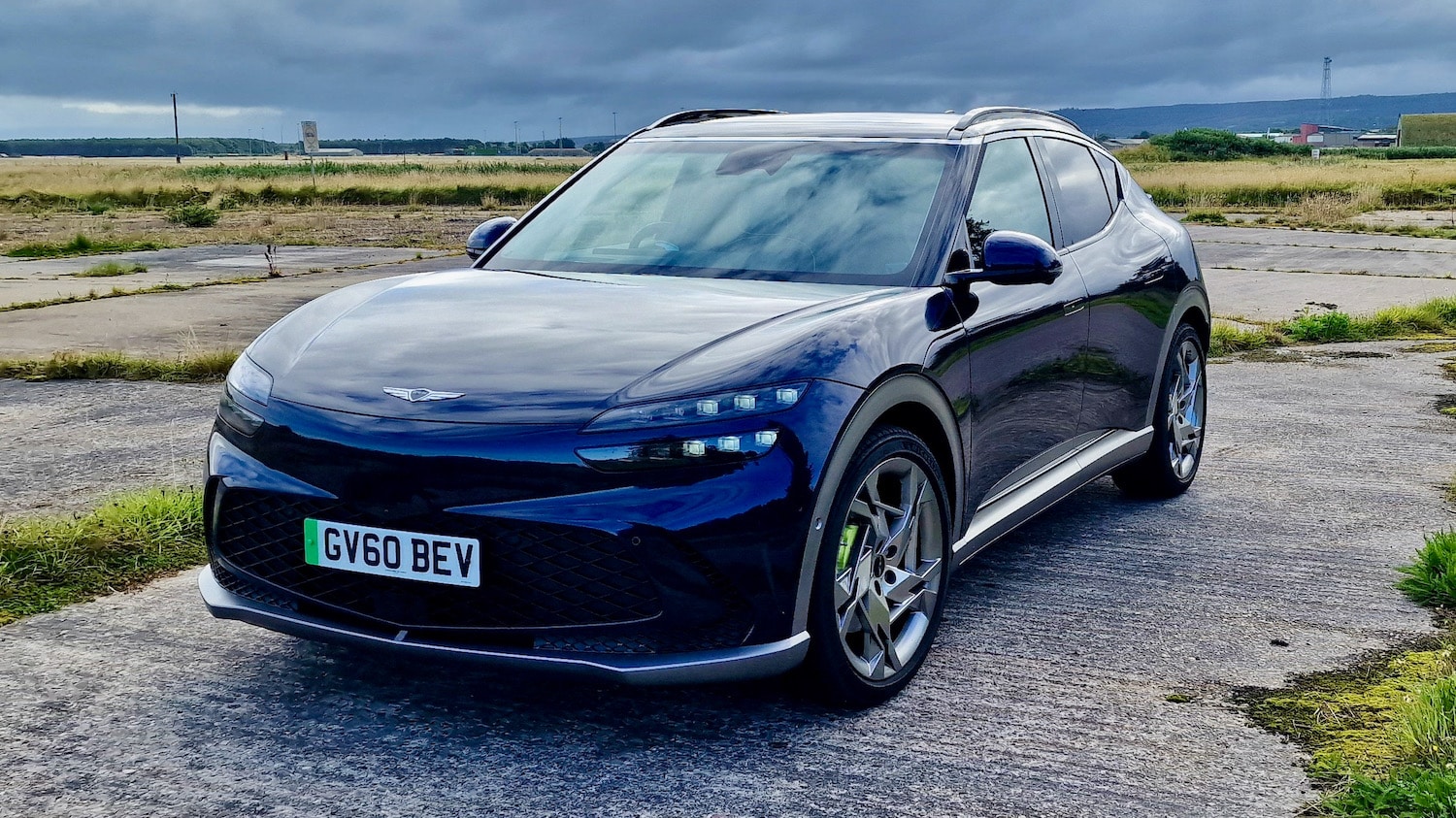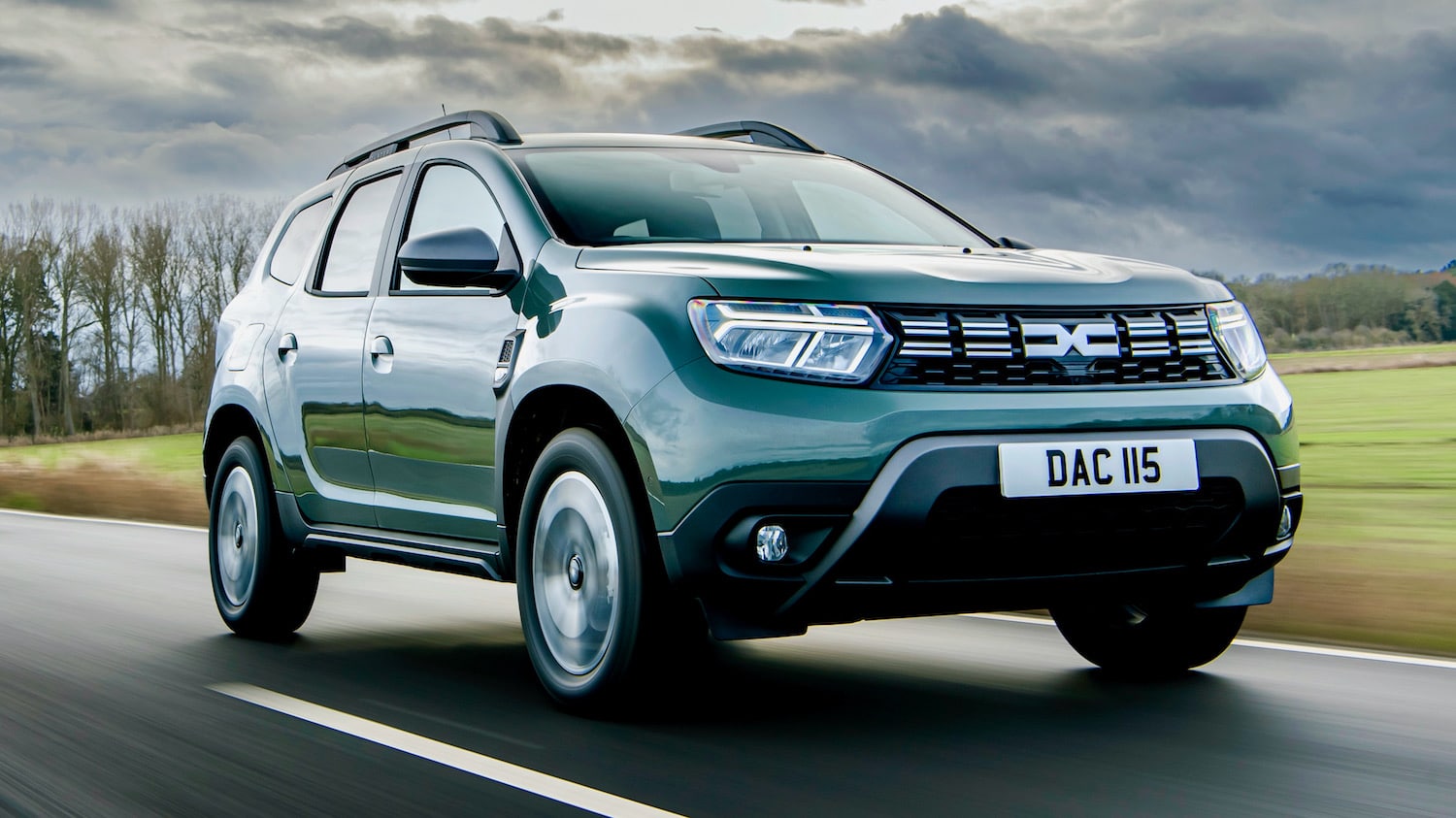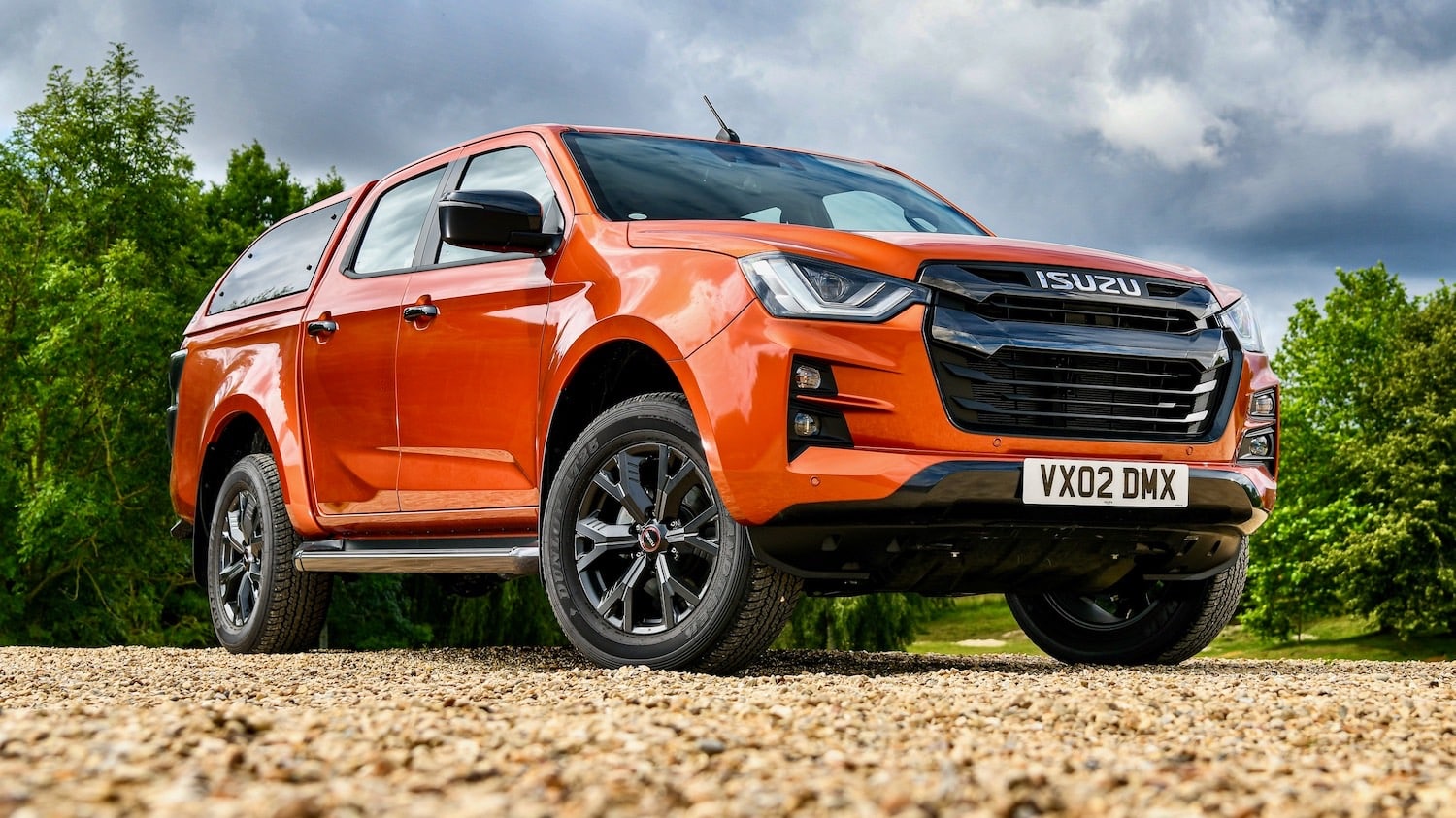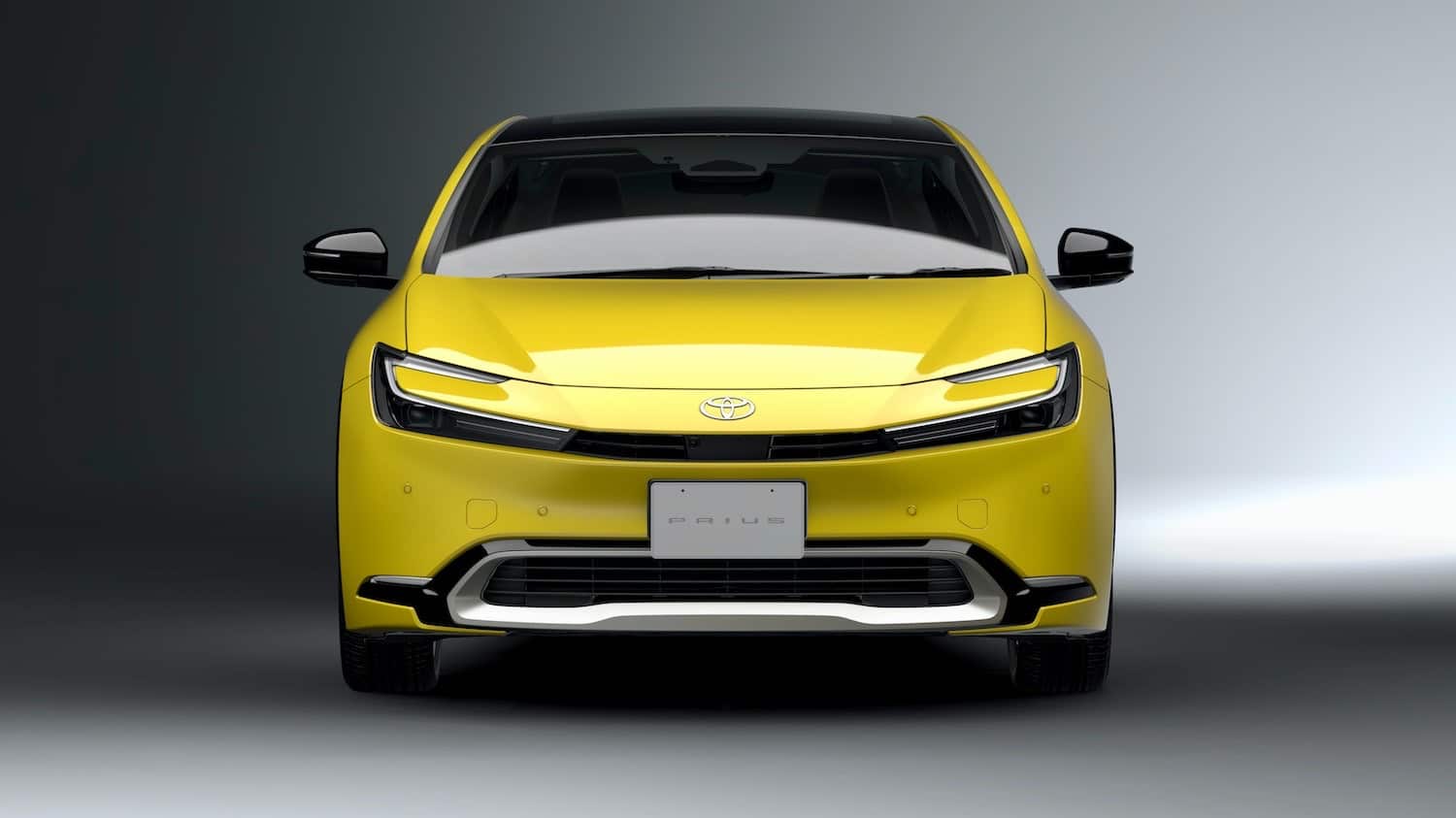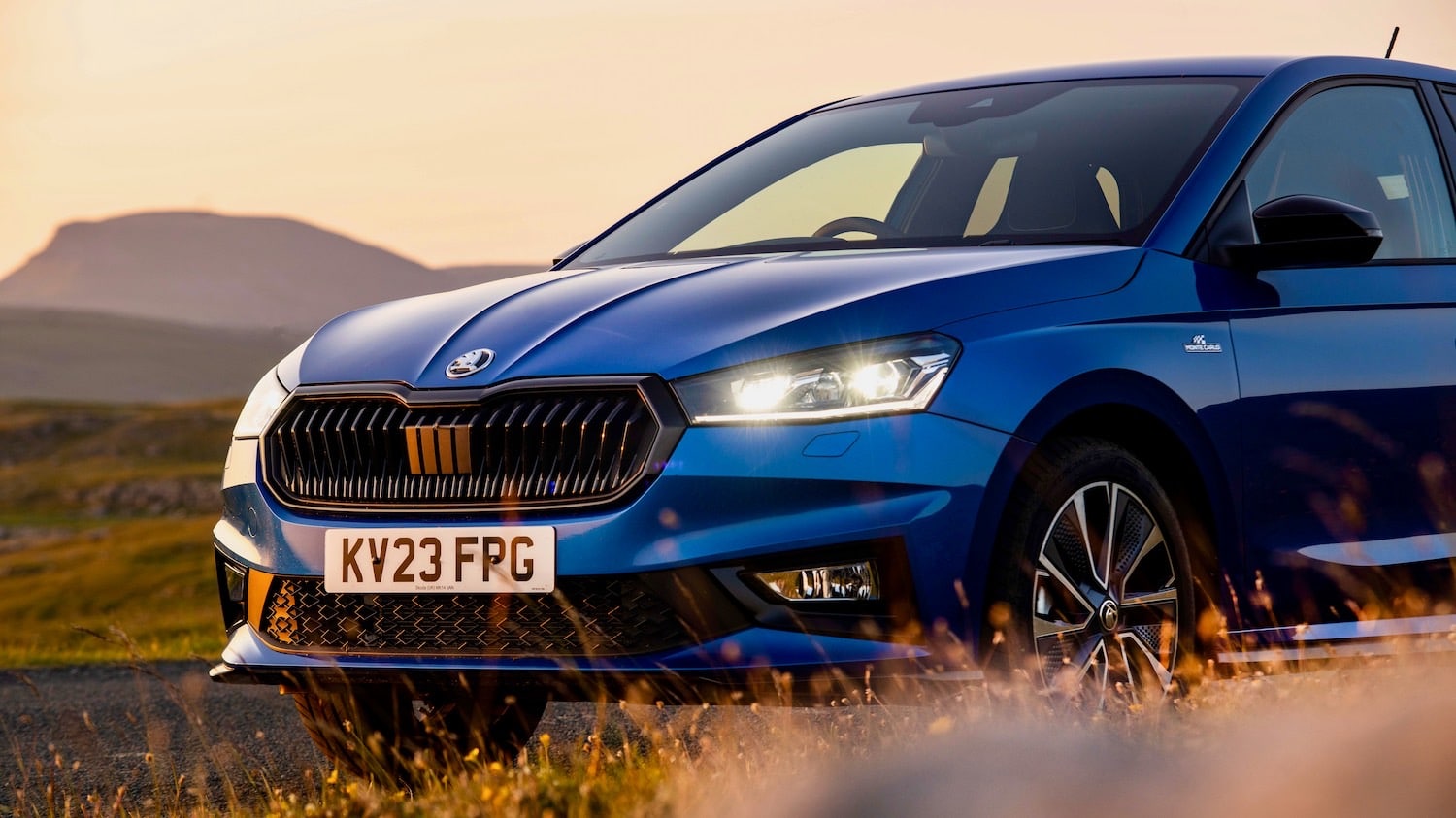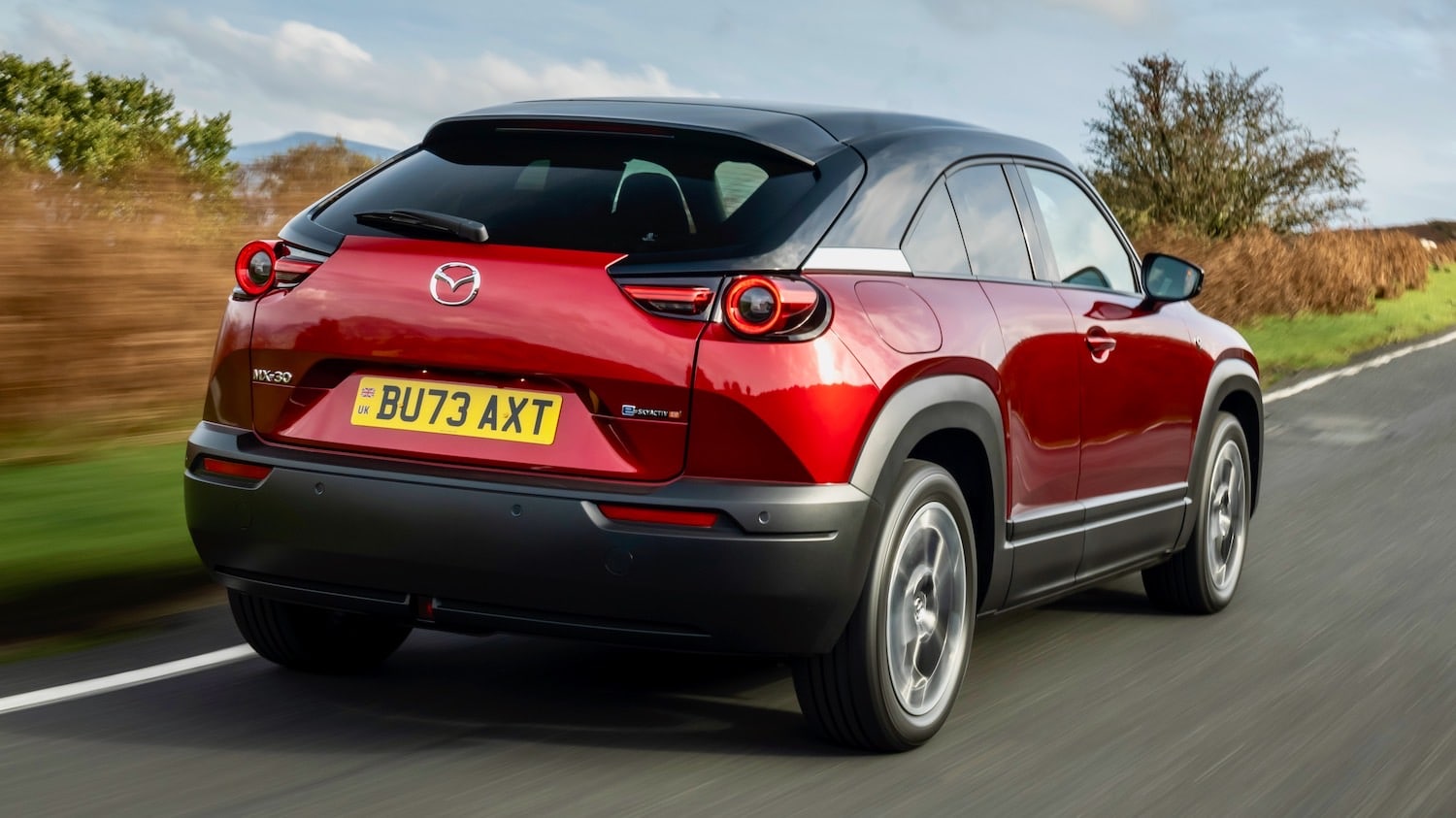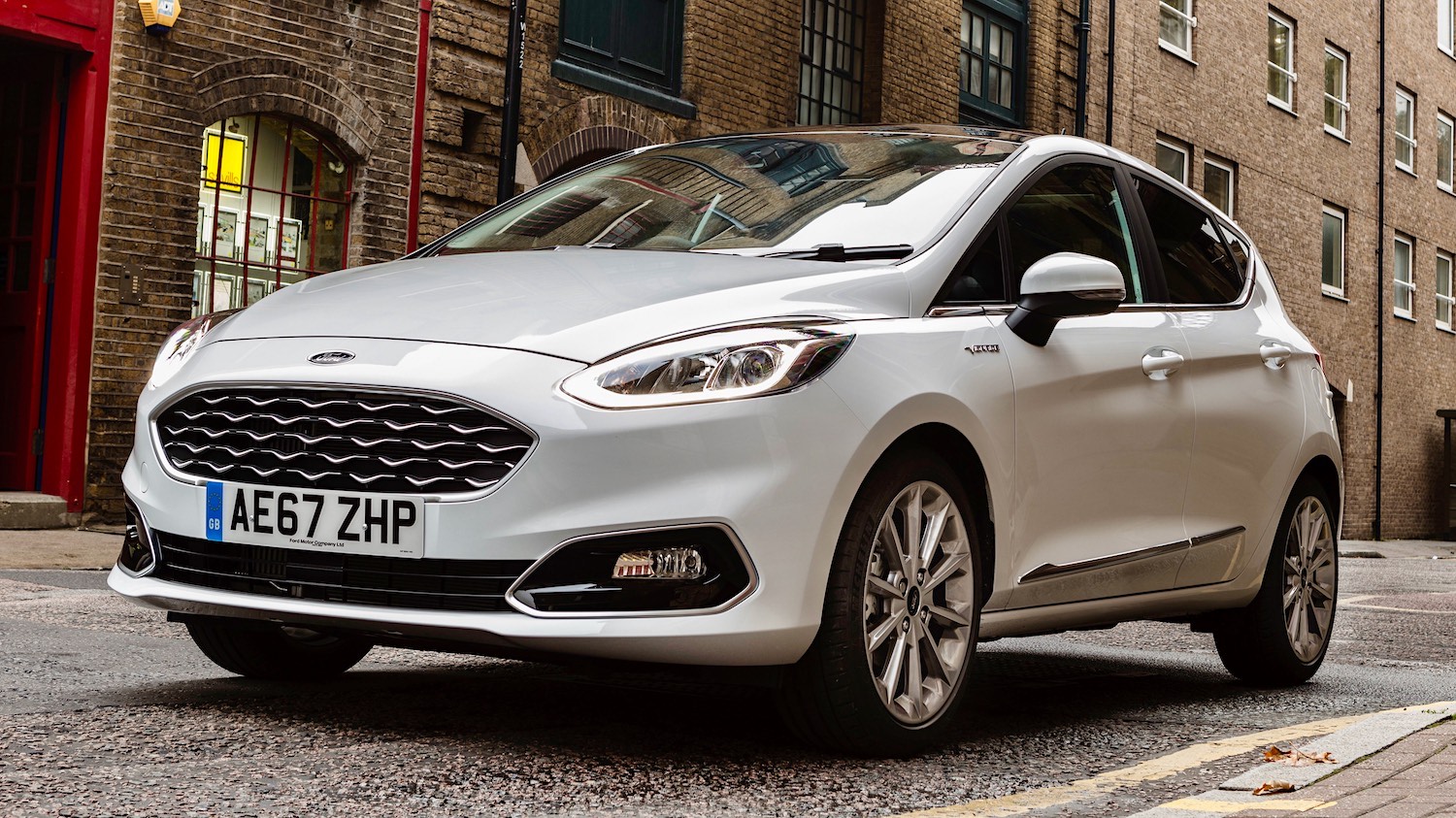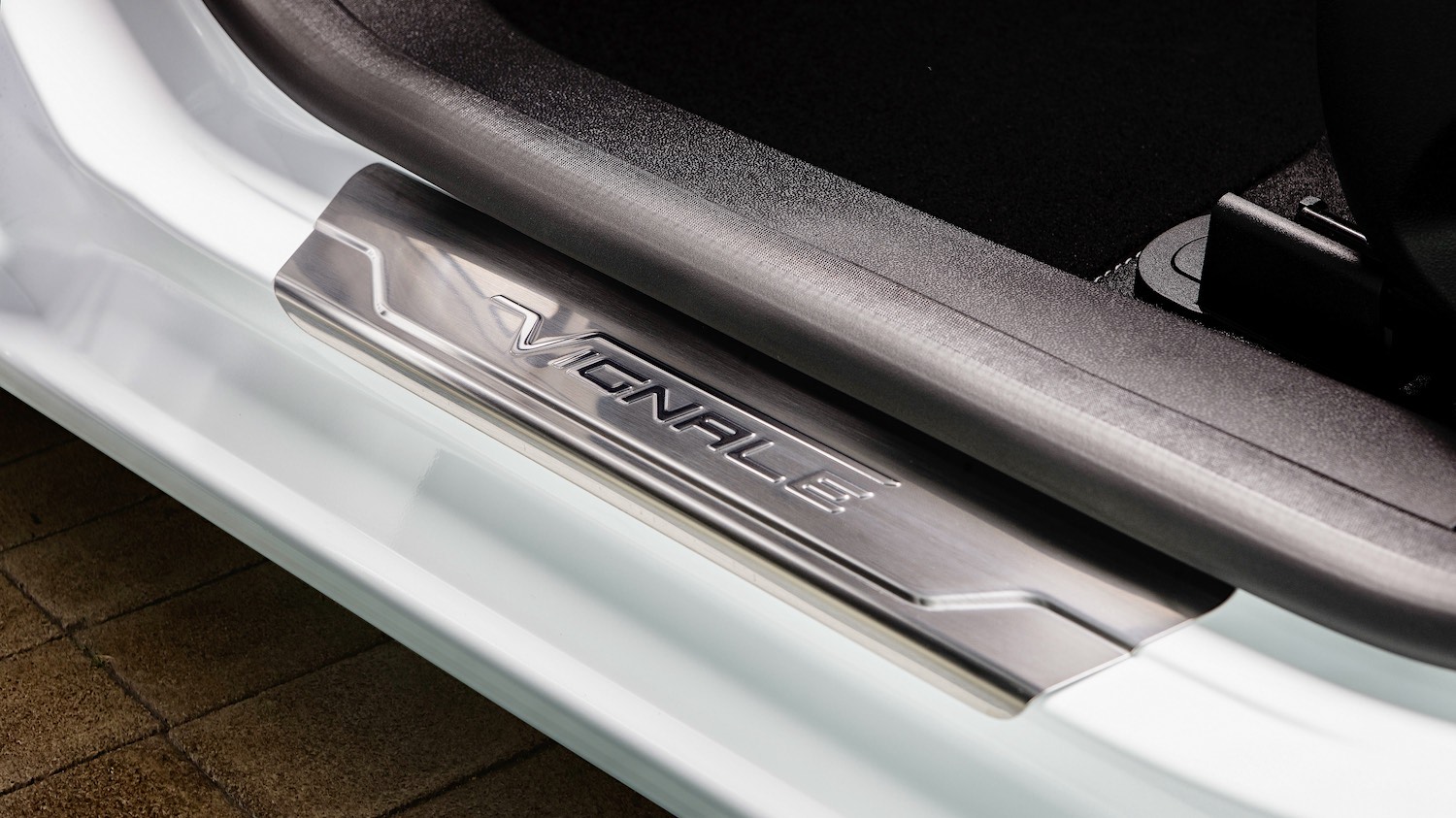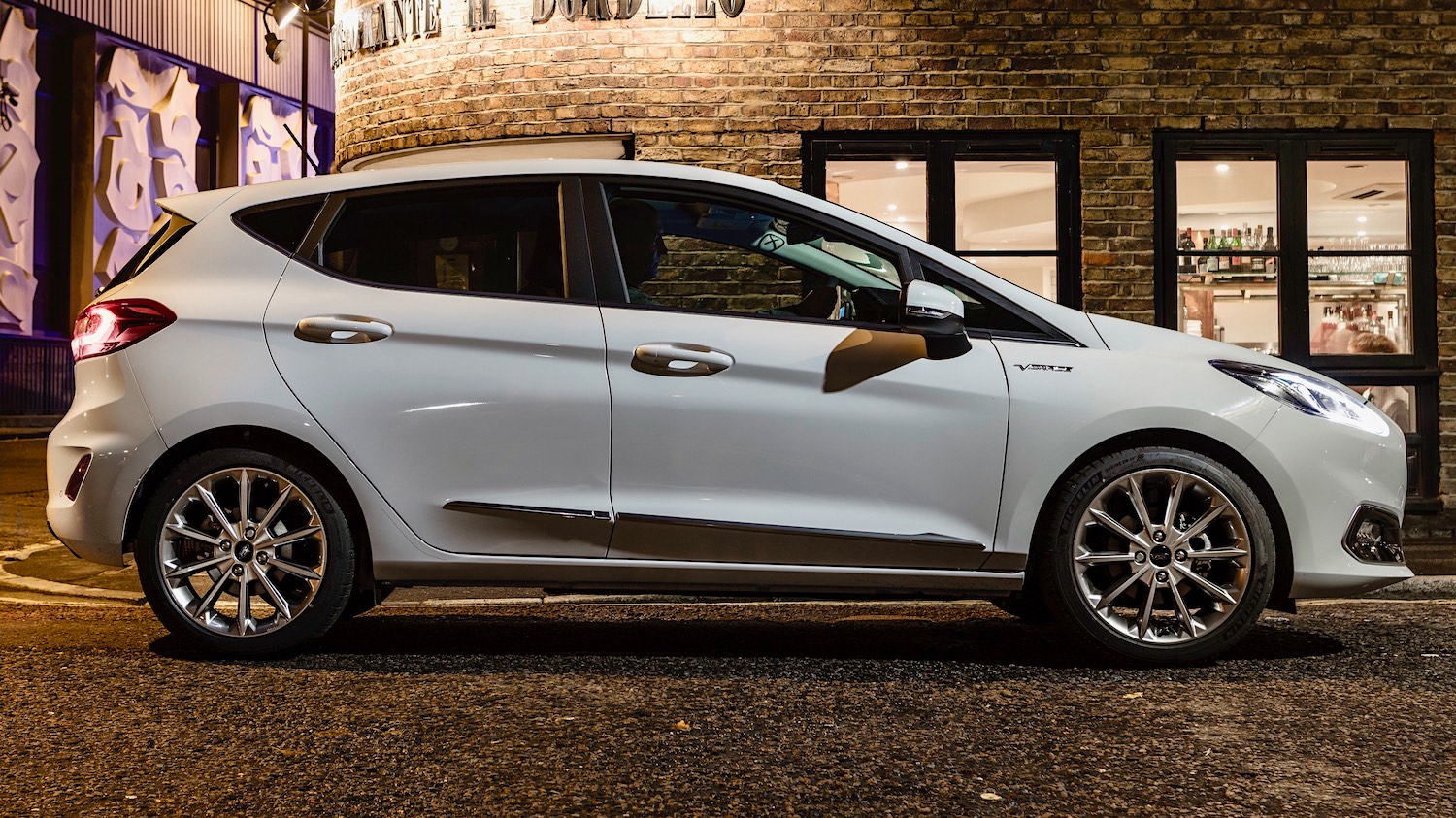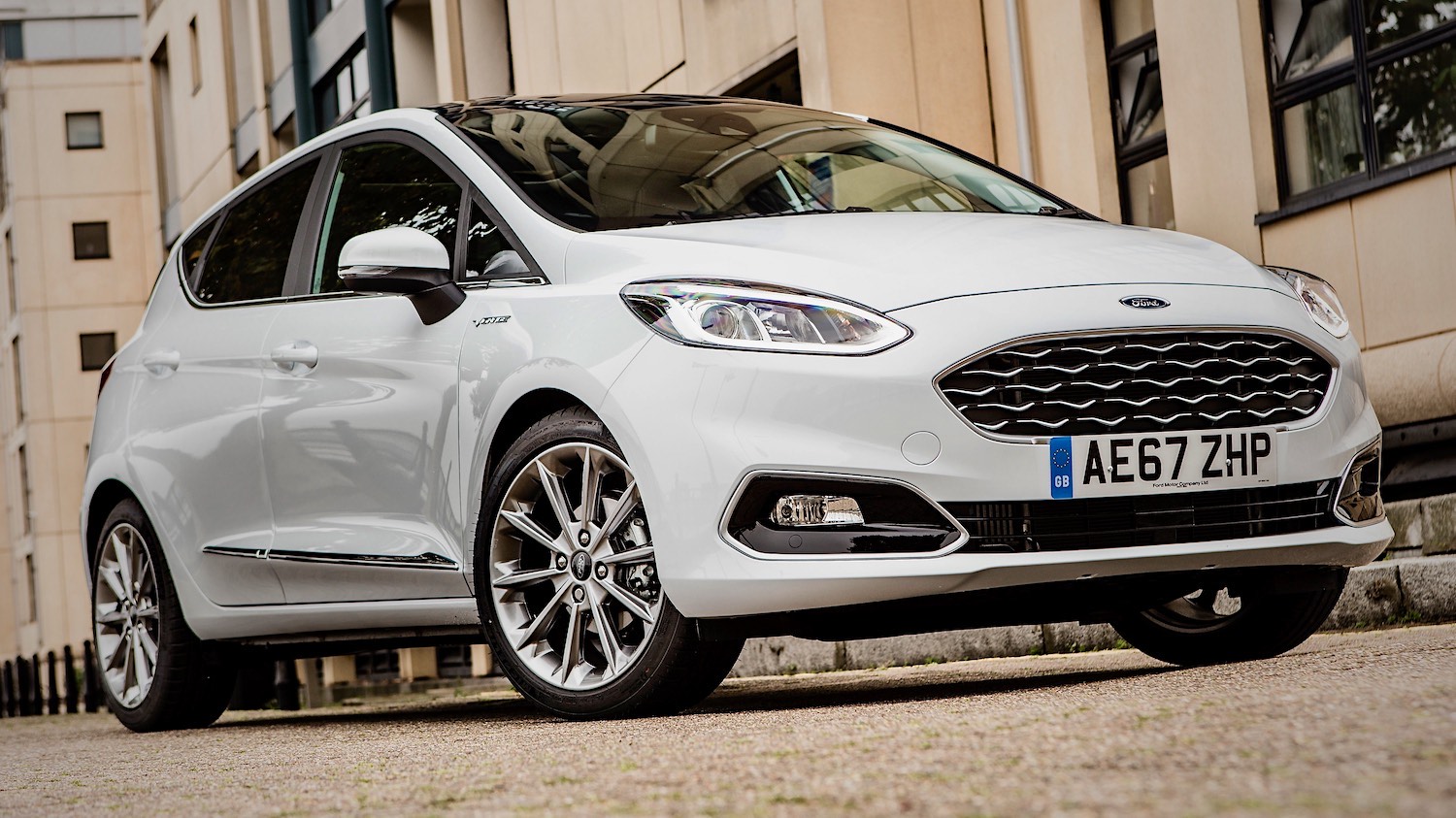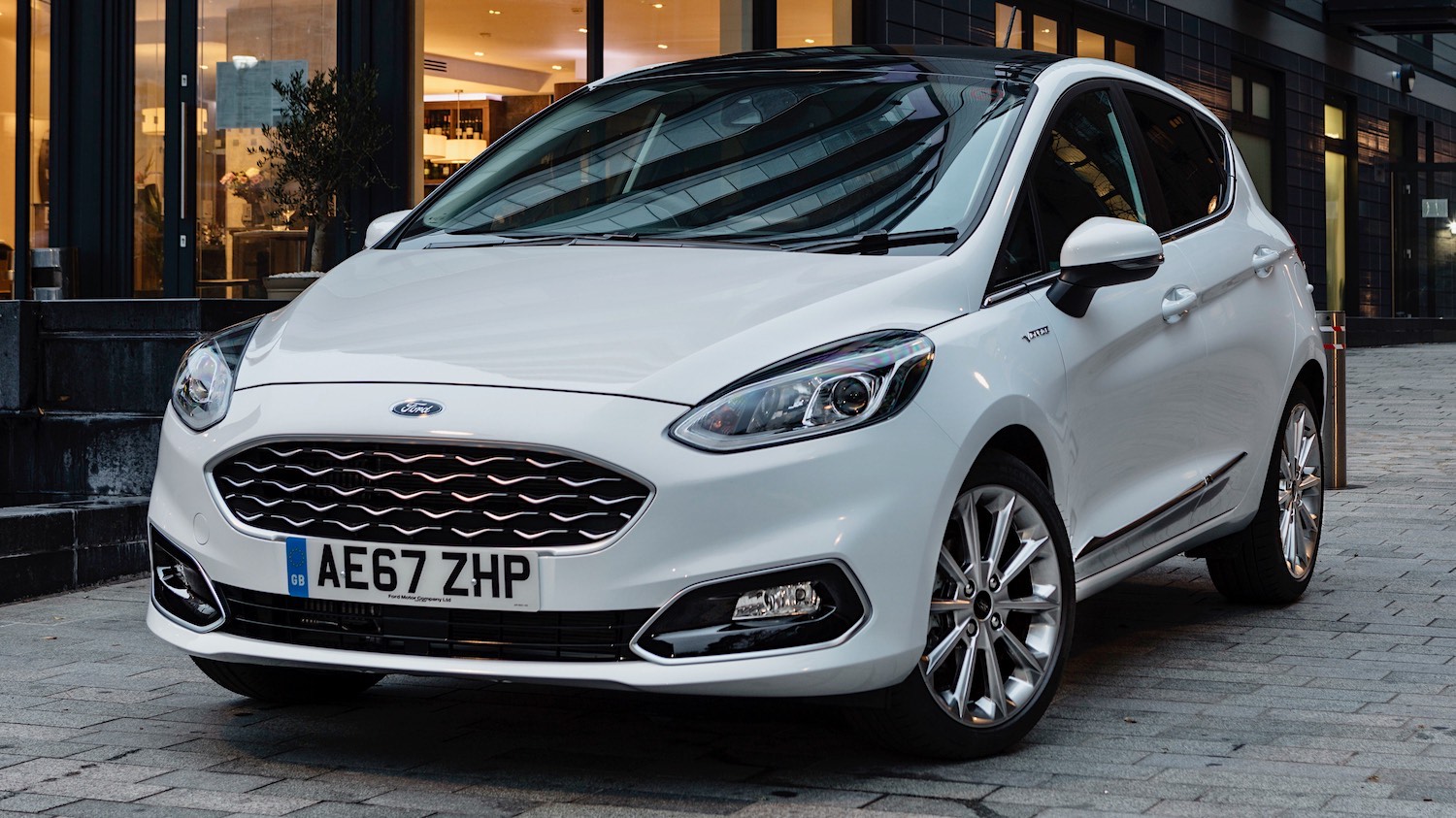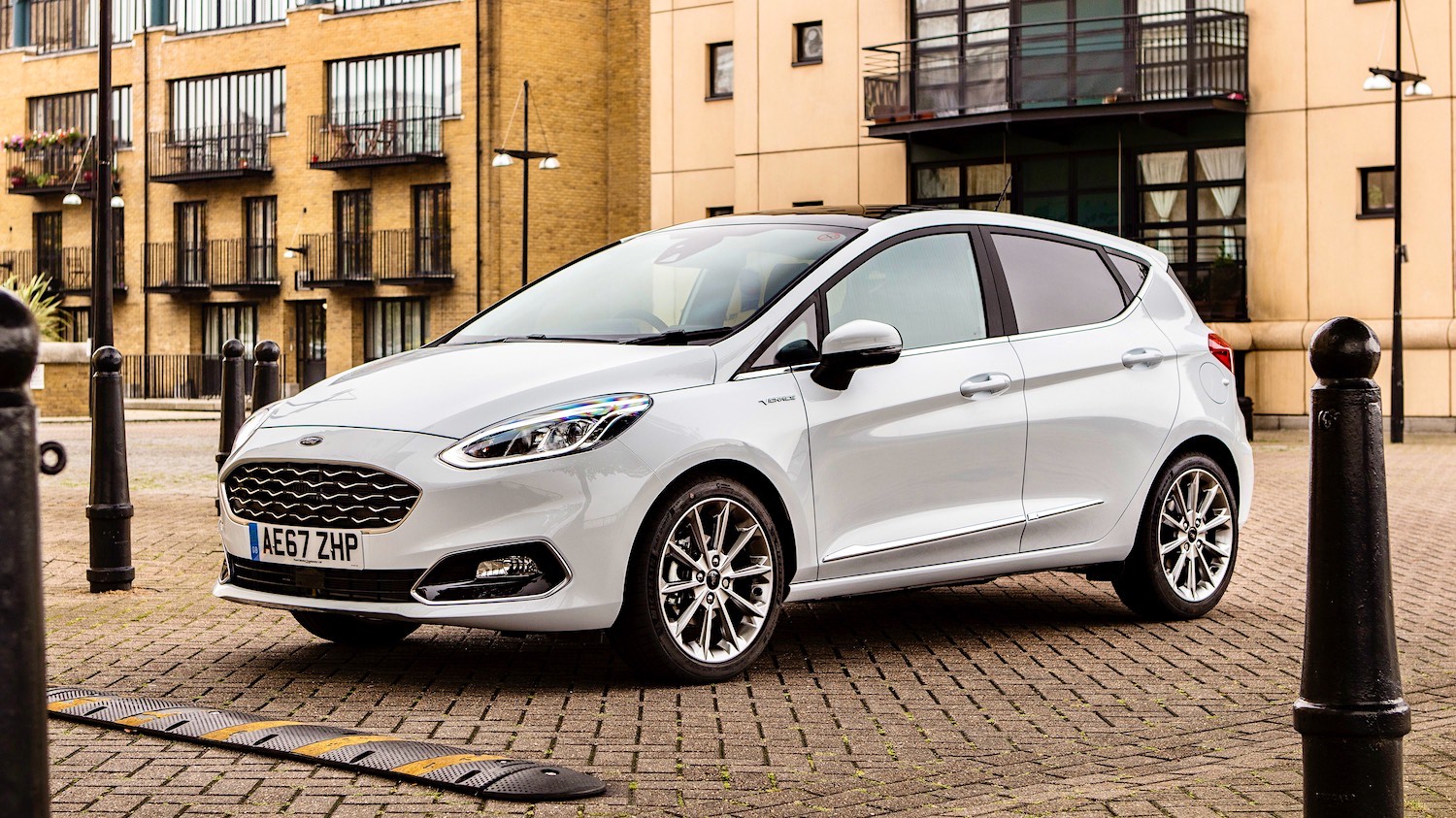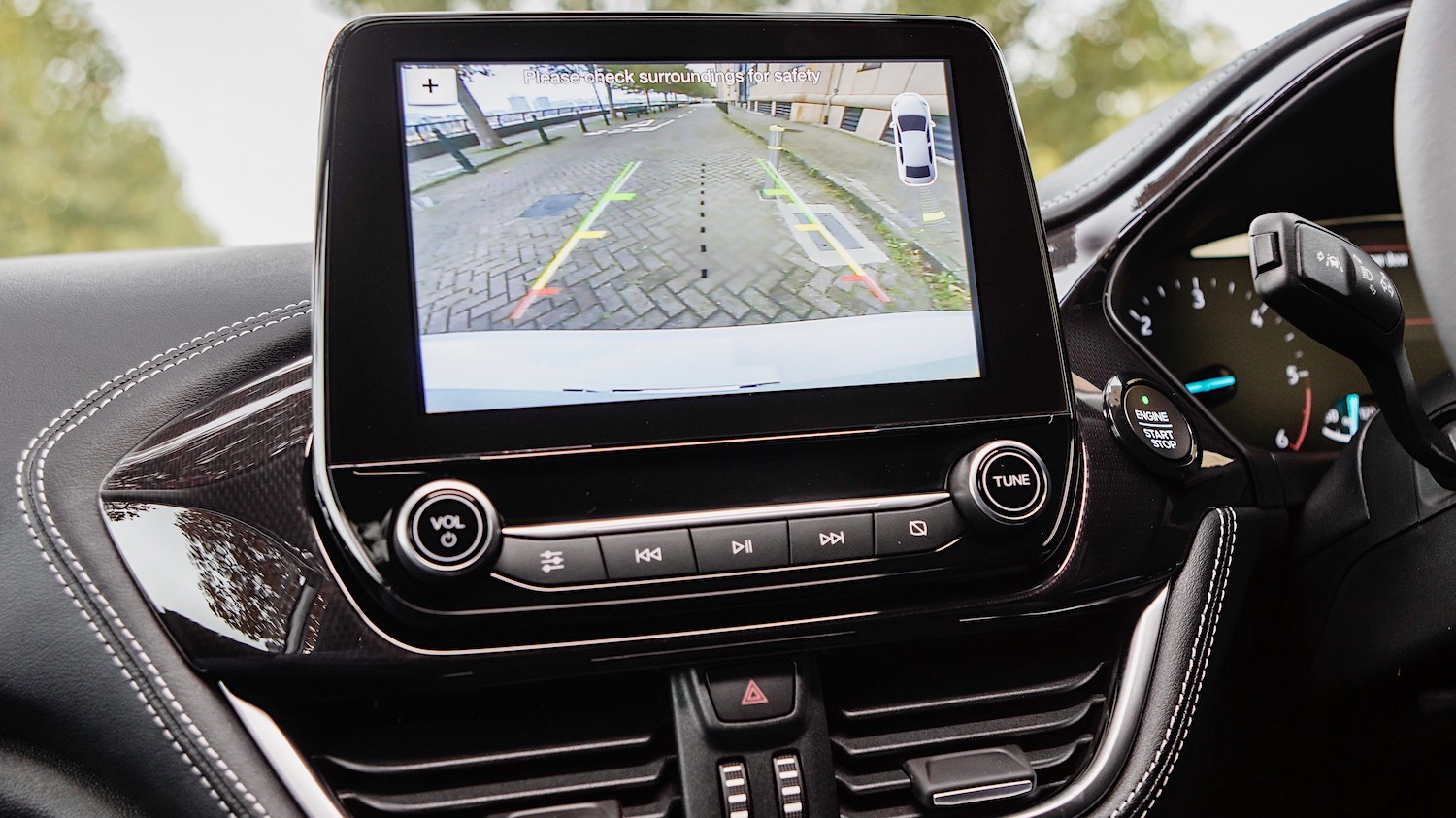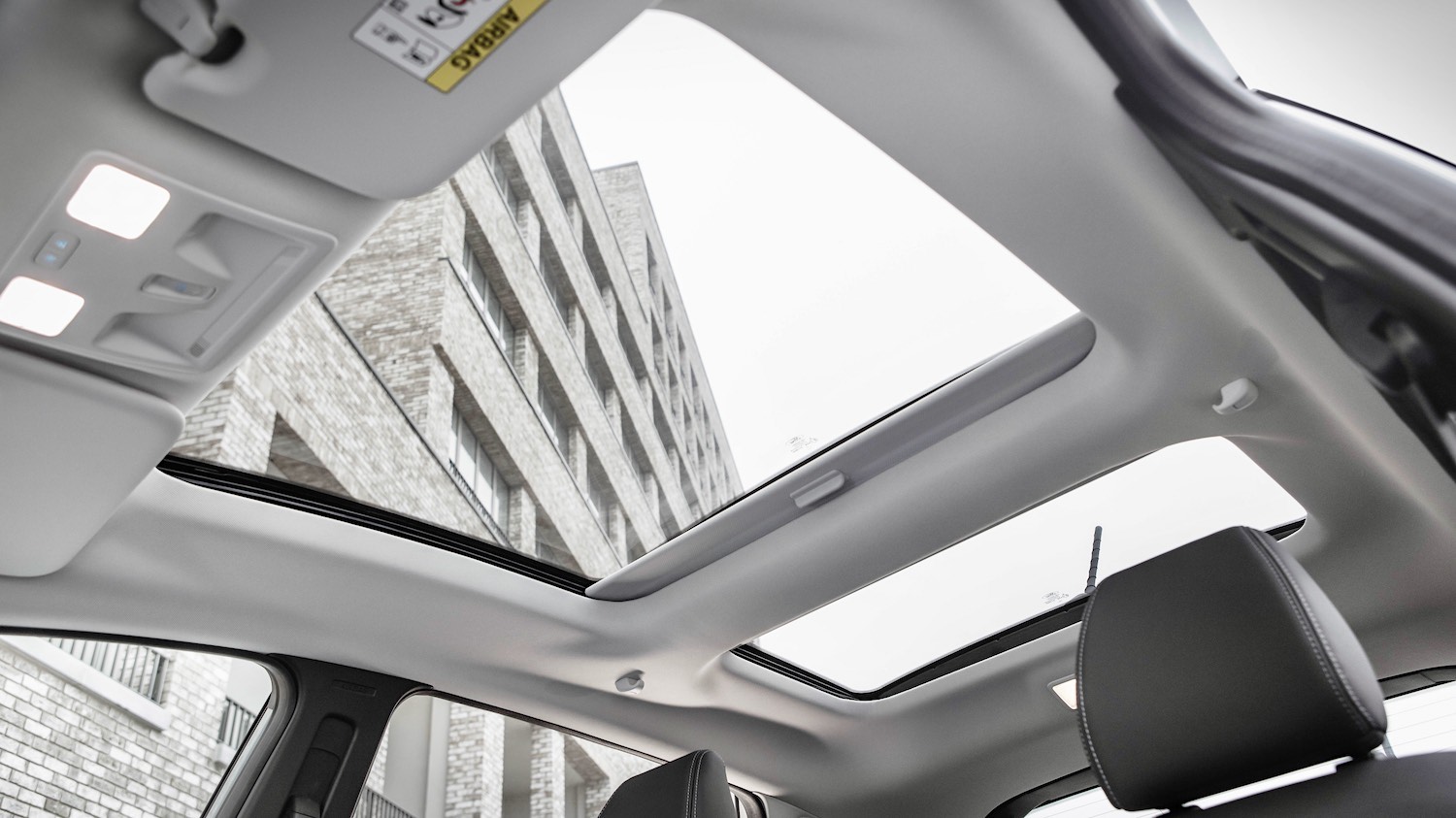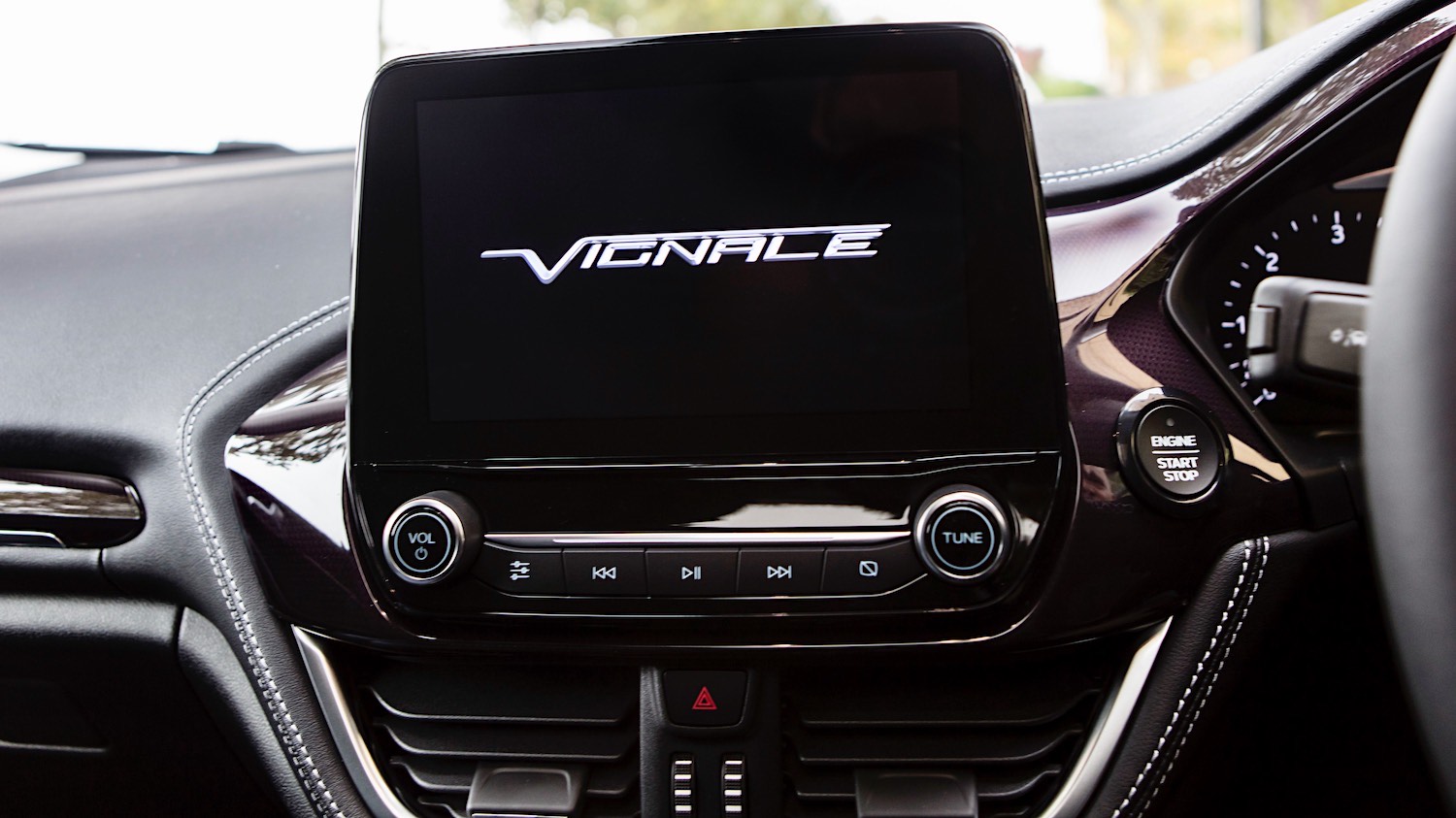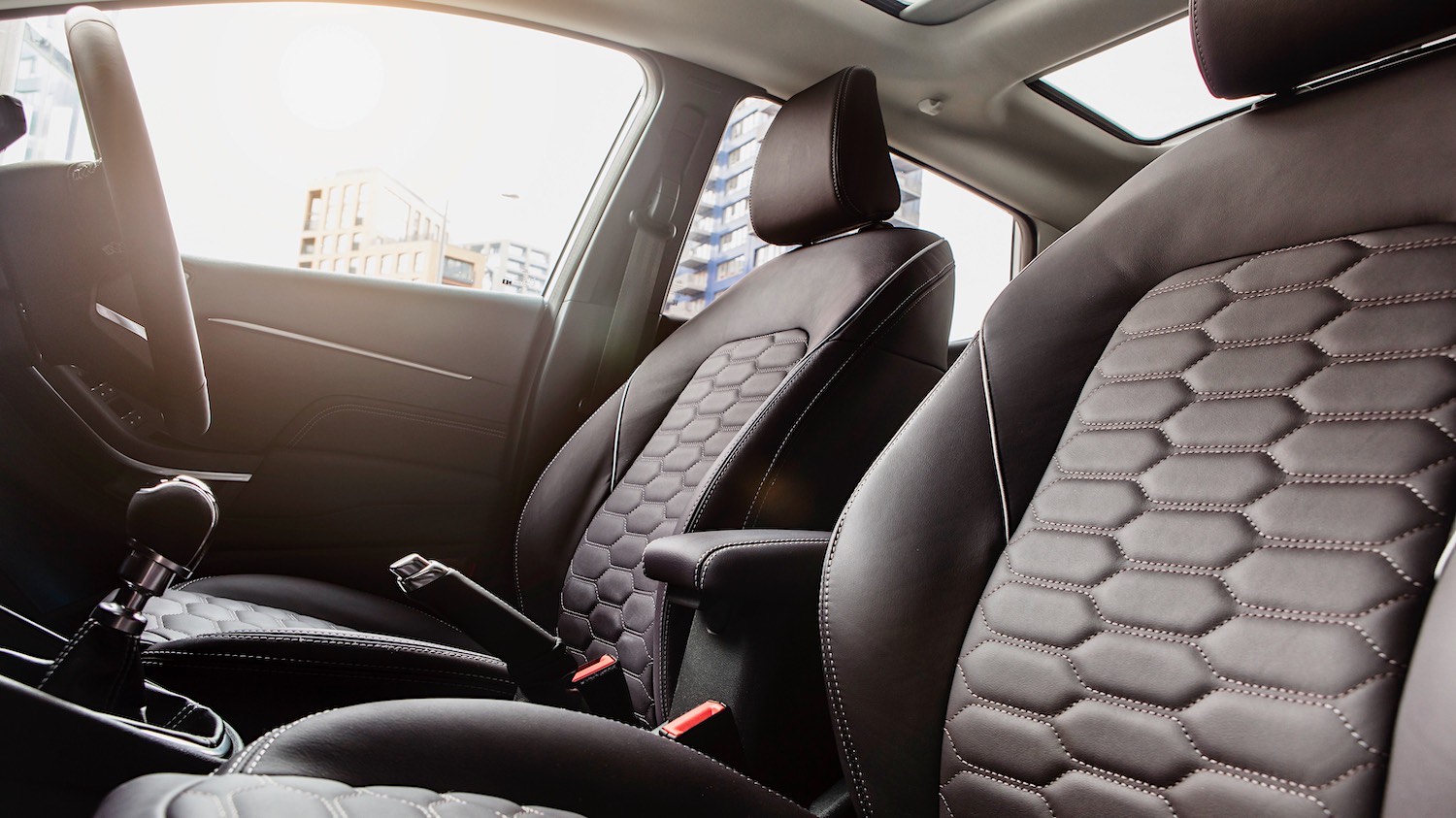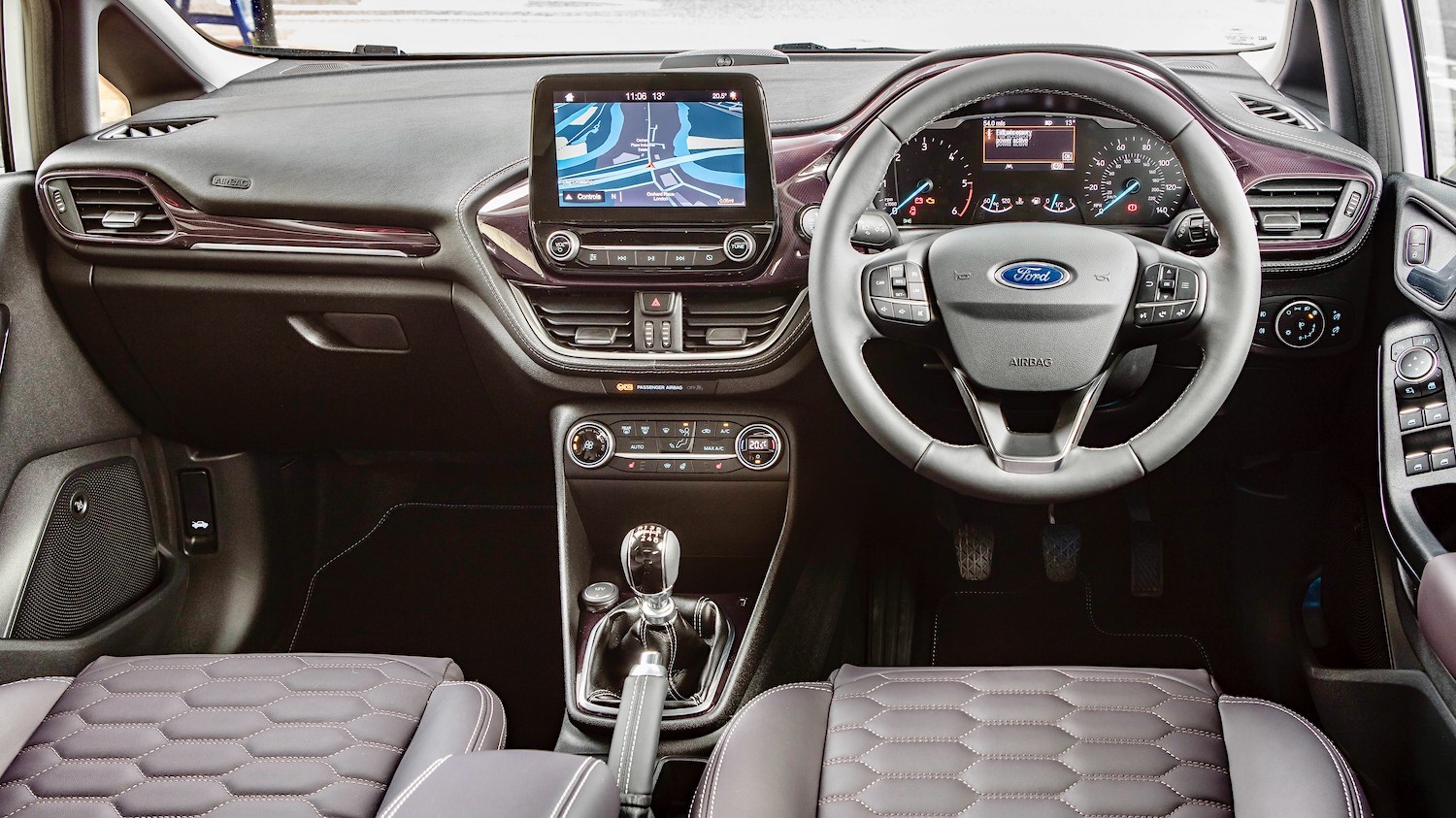From a distance, the chrome badge on the side of the car that was glittering on the gravel outside my house looked as if it said “Versace”.
As it happens, that designation would not be too far from the mark for the character of the car that is actually named the Fiesta Vignale. Combine a lustrous Red Ruby paint job, individual body kit, honeycomb grille, quilted black/ruby leather seats and matching leather steering wheel, branded threshold plates and floor mats. All in all, you’ve got a car that comes close to the luxurious sybaritism and vulgar excess that were identified with the name of Gianni Versace (the man who, it was said, designed clothes for the mistress, whereas Armani clothed the wife).
The Vignale’s price tag is similarly over-the-top. Seeing as it’s possible to pick up a new Fiesta for little more than £10,000, asking £23,4700 for the Vignale version might be considered close to having a laugh. Who on earth, you might ask, is going to pay that kind of money?
“Well, you might be surprised,” is the answer that comes from half a century of car history.
The tradition of tarting up tiny cars and giving them fancy names and prices goes back to the vastly successful Mini Coopers of the 1960s and the booted Minis that were marketed under the names of Riley Elf and Wolseley Hornet. These variations were all different ways of capitalising on the popularity of the basic car and adding some toff appeal to make them stand out from the common herd. The apogee of the trend may have been the Aston Martin Cygnet (2011-2013) – a Toyota iQ with a bespoke leather interior and a price tag north of £30000. The Cygnet was also the nadir of the fashion since it was in production for one of the shortest periods of any Aston and, with about 150 purchasers in total, sold not many more units than the DB4 GT Zagato. But the Fiesta Vignale is definitely closer to the sensible side of this tendency than the outright lunacy embodied in the Cygnet.
For a start, our test car came with Ford’s wonderful one-litre EcoBoost engine which combines 0-60 mph acceleration in under 10 seconds with average fuel consumption over 50 mpg. That little buzzbox may have panted for breath a little when it was transporting my family of four on the Queensferry Crossing over the River Forth when the crosswinds were blowing near to Force 10; but, in more normal driving conditions, it proved – as always – indomitably capable. Meanwhile, the Fiesta – the best small car for driving enthusiasts – retained all its happy dynamic characteristics even when weighted down with all that nancified quilted leather and heavy metal in the Vignale version.
Most surprisingly, however, it turned out to be a proper warrior when confronted with some of the most adverse weather conditions suffered anywhere in the UK in recent months.
During the period of our loan of the Vignale, I had to fetch my older daughter late at night from a party deep in the Scottish hills where we live. This was the worst night of the recent floods.
The rain was lashing so hard, the wipers couldn’t clear the windscreen. The wind was blowing so stiffly that it was budging the car sideways. Lagoons of water had gathered so deep in corners and recesses that they had to be forded at walking pace if the floods weren’t to cascade into the engine bay. The potholes full of water were as deep as the shell craters in 1917.
In 45 years of driving in Scotland, I have never known more trying, threatening conditions; yet the Fiesta Vignale negotiated them all with complete security and nerveless aplomb. Nobody was having a laugh now, I assure you.
However, I don’t believe those sterling qualities owed a lot to the badges and the upholstery. I imagine you could also acquire them for the price of a basic Fiesta.
Car reviewed: Ford Fiesta Vignale (5-Door) 1.0T EcoBoost, on the road price £21,520 with options as tested £23,470 0-62mph 10secs Top speed 121mph Engine 998cc 3-cylinder unleaded Euro 6.2 Fuel Economy WLTP Highest|Lowest 55.4 – 41.5mpg CO2 emissions 107g/km Max Power 125PS@6000rpm Torque 170Nm@1400rpm Transmission 6-speed manual

Neil Lyndon
Motoring Correspondent
Neil Lyndon has been a journalist, broadcaster and writer on the UK’s national stage for 40 years, writing for every “quality” newspaper on Fleet Street. He started writing about cars and motorbikes for The Sunday Times in the 1980s and was Motoring Correspondent of the Sunday Telegraph for 20 years, having previously written a column on motorbikes for Esquire. He is also recognised as a leading commentator on gender politics, having published No More Sex War in 1992 – the first ever critique of feminism from a radical, egalitarian point of view.
Recent Reviews
The latest cars, suvs and crossovers reviewed by our experienced journalists.
Nissan X-Trail e-Power, takes charge
The Nissan X-Trail e-Power, no need to charge this one Car Reviewed: Nissan X-Trail e-Power Tekna It’s been some time since the first Nissan X-Trail, 23 years in fact. In 2001, Nissan loaded up its commercial rifle and aimed it at Toyota’s Rav4 and Land Rover’s Freelander. The X-Trail was considered a better drive than…
Škoda Octavia Estate, a big seller
Diesel cars are nearing extinction. Long live the Škoda Octavia Estate turbo-diesel Car Reviewed: Škoda Octavia Estate SE L 2.0TDI 150 It’s going to become a model we look back upon and ponder, wondering why such a thoroughly good all-rounder has to be replaced by much more expensive, less practical, and, frankly, less satisfying electric…
MG HS, a budget flagship SUV
The MG HS, a budget SUV that’s doing its darndest to cover all bases Car Reviewed: MG HS Trophy The MG5 EV makes a decent argument for those looking to step into the world of EVs. The MG4 XPOWER is a £36,000 electric supercar slayer, and then there’s the model tested, the HS—MG’s flagship SUV…
Hyundai Ioniq 6, an attractive proposition
The Hyundai Ioniq 6 ev has dared to be different with its design Car Reviewed: Hyundai Ioniq 6 I will admit, I have driven the RWD Premium and AWD Ultimate a good bit before my test car was delivered. I spent around one hour with each vehicle, but after both drives, my mind was made…
